If you’re looking to add some heat and flavor to your dishes, look no further than this homemade Jamaican-style Scotch Bonnet Pepper Paste! Made with fresh scotch bonnet peppers, garlic, onions, and a few other pantry ingredients, this paste packs a punch and can be used in a variety of ways.
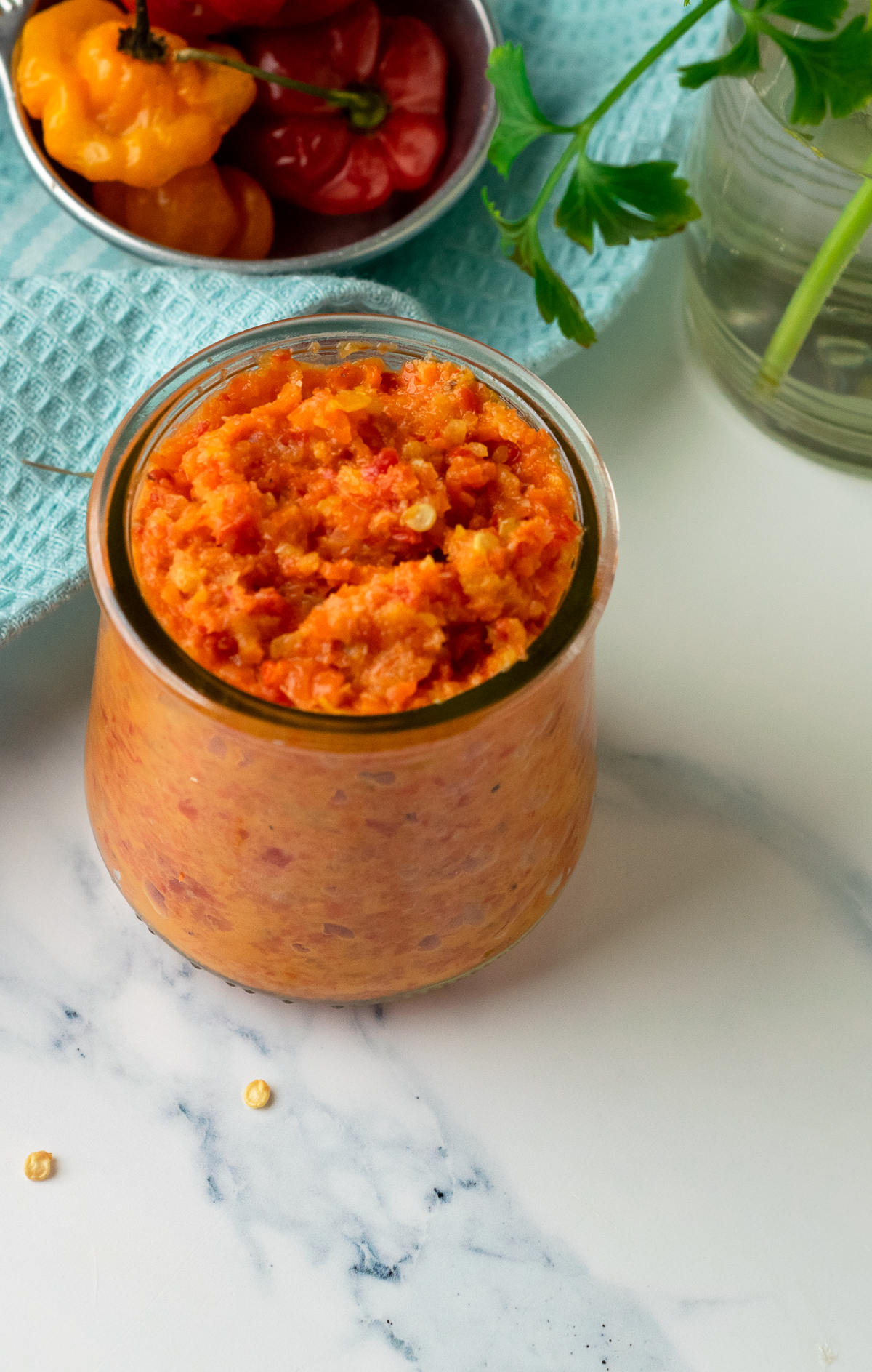
INTRODUCTION
If you’re looking to add some bold and spicy flavors to your dishes, my homemade Jamaican-style Scotch Bonnet Pepper Paste is the perfect addition. But why stop there? Take your taste buds on a flavor journey and try out some of my other homemade pantry essentials recipes. My Green Seasoning is a Caribbean-inspired blend of herbs and spices that will take your marinades and dressings to the next level.
And for those who love a sweet and spicy kick, my Sweet and Spicy Jerk Dipping Sauce is a must-try. Don’t just take my word for it, my Sweet and Spicy Jerk Dipping Sauce has almost 100k views on YouTube, so you know it’s good!

And If you’re looking for something simple yet flavorful? Try our Easy Roasted Garlic Herb Butter, perfect for spreading on bread or adding to your favorite recipes. With these recipes in your arsenal, you’ll be able to bring bold and delicious flavors to any dish.
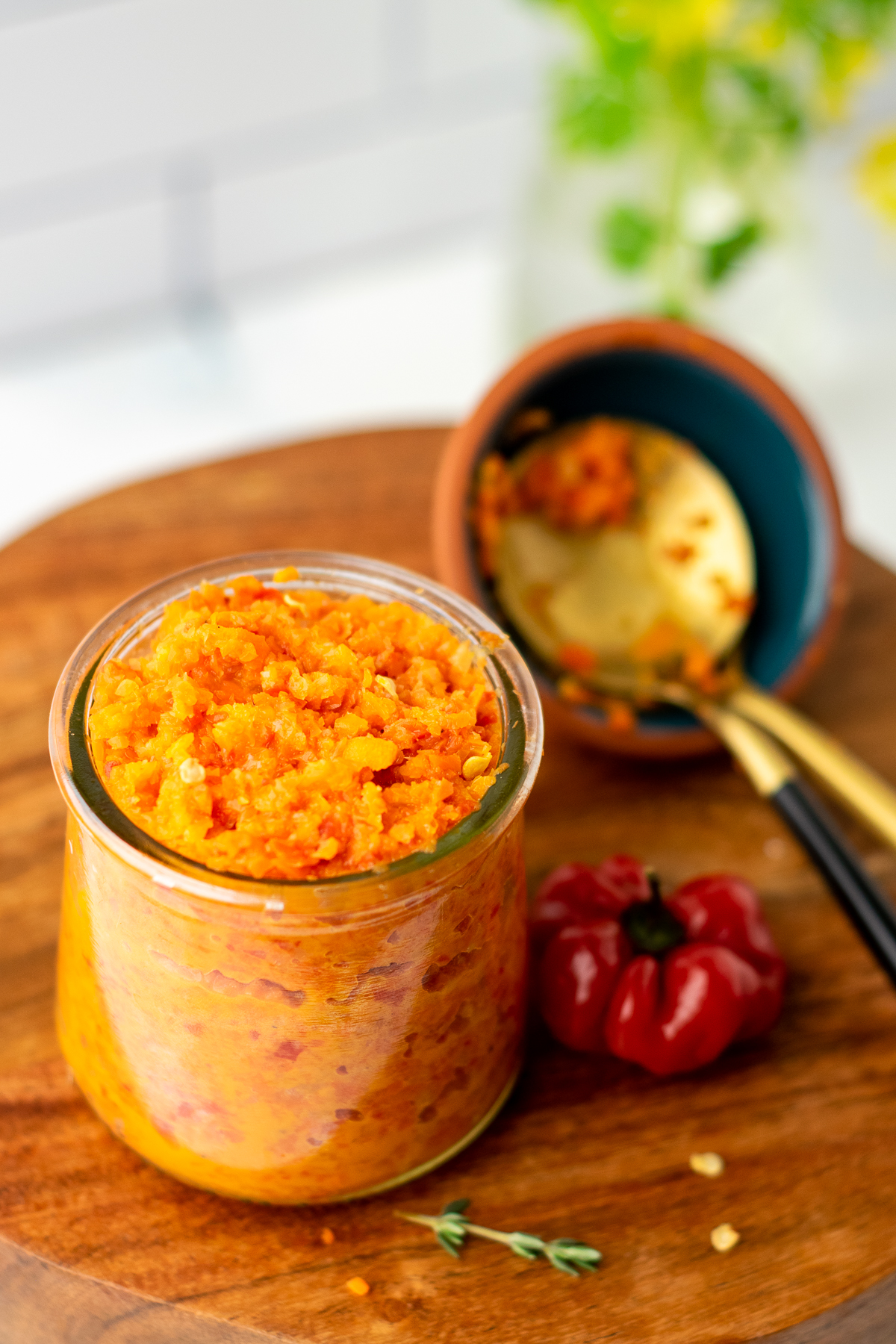
So whether you’re a fan of Caribbean cuisine or just love a good spicy kick, this Scotch Bonnet Pepper Paste recipe is a must-try.
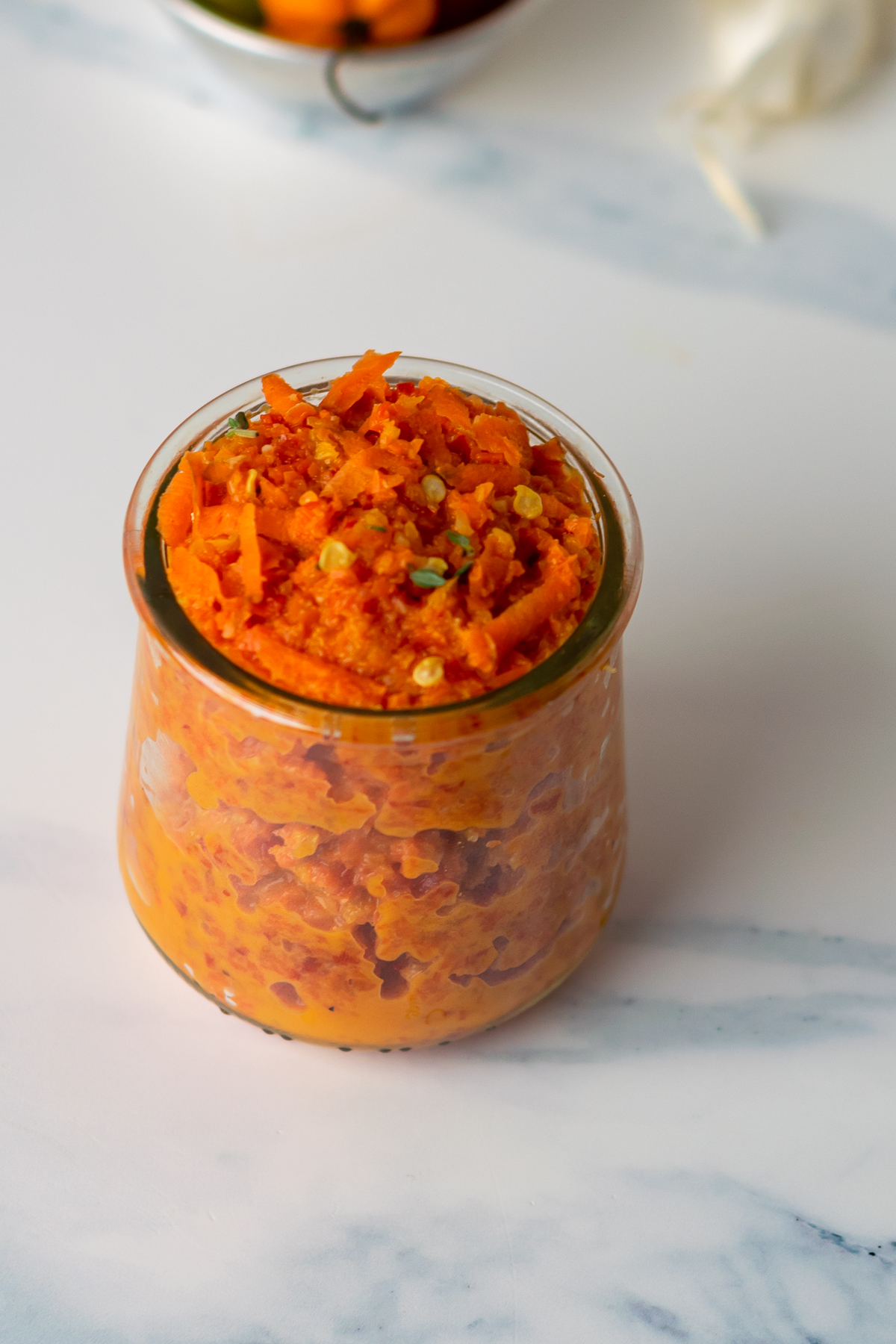
What is Scotch Bonnet Pepper Paste?
Scotch Bonnet Pepper Paste is a spicy and flavorful condiment that is popular in Jamaican cuisine. It’s made by blending fresh scotch bonnet peppers with other ingredients like garlic, onions, and oil to create a smooth paste. The paste can be used in a variety of ways, such as a marinade or seasoning for different dishes.
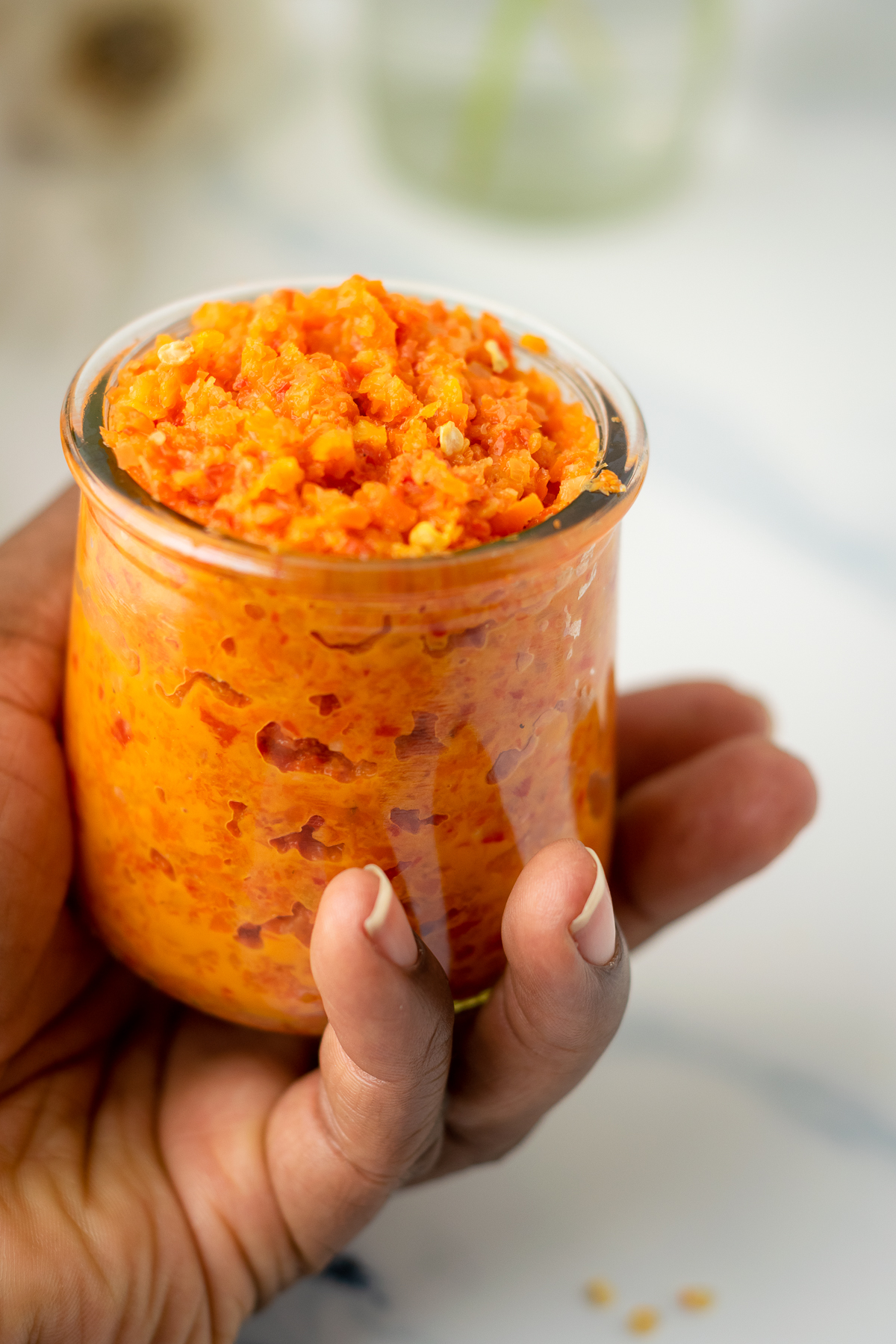
Scotch Bonnet Pepper Paste vs Scotch Bonnet Pepper Sauce
Both are made from Scotch Bonnet Peppers, the main difference is the consistency and the way they are used in cooking.
Scotch Bonnet Pepper Sauce is usually a thinner and more liquid-based condiment that is often used as a dip or drizzled over food. It’s a great way to add a burst of heat and flavor to any dish without overpowering it.
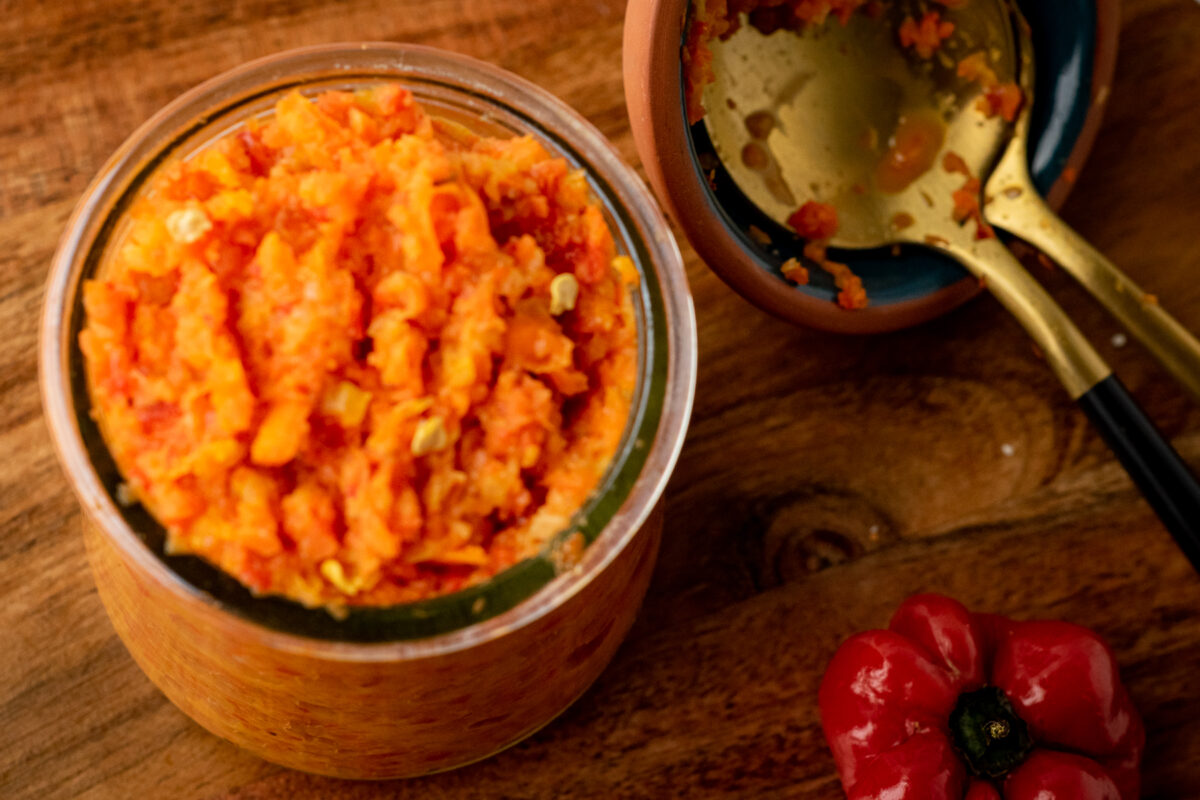
On the other hand, Scotch Bonnet Pepper Paste is a thicker and more concentrated condiment that is typically used as a base for marinades, soups, stews, and other recipes. It’s made by blending or grinding the peppers with other ingredients to create a smooth and flavorful paste that can be used as a seasoning or spread.
So, whether you prefer a saucy kick or a more concentrated flavor, both Scotch Bonnet Pepper Paste and Sauce are great ways to add some heat and flavor to your meals!
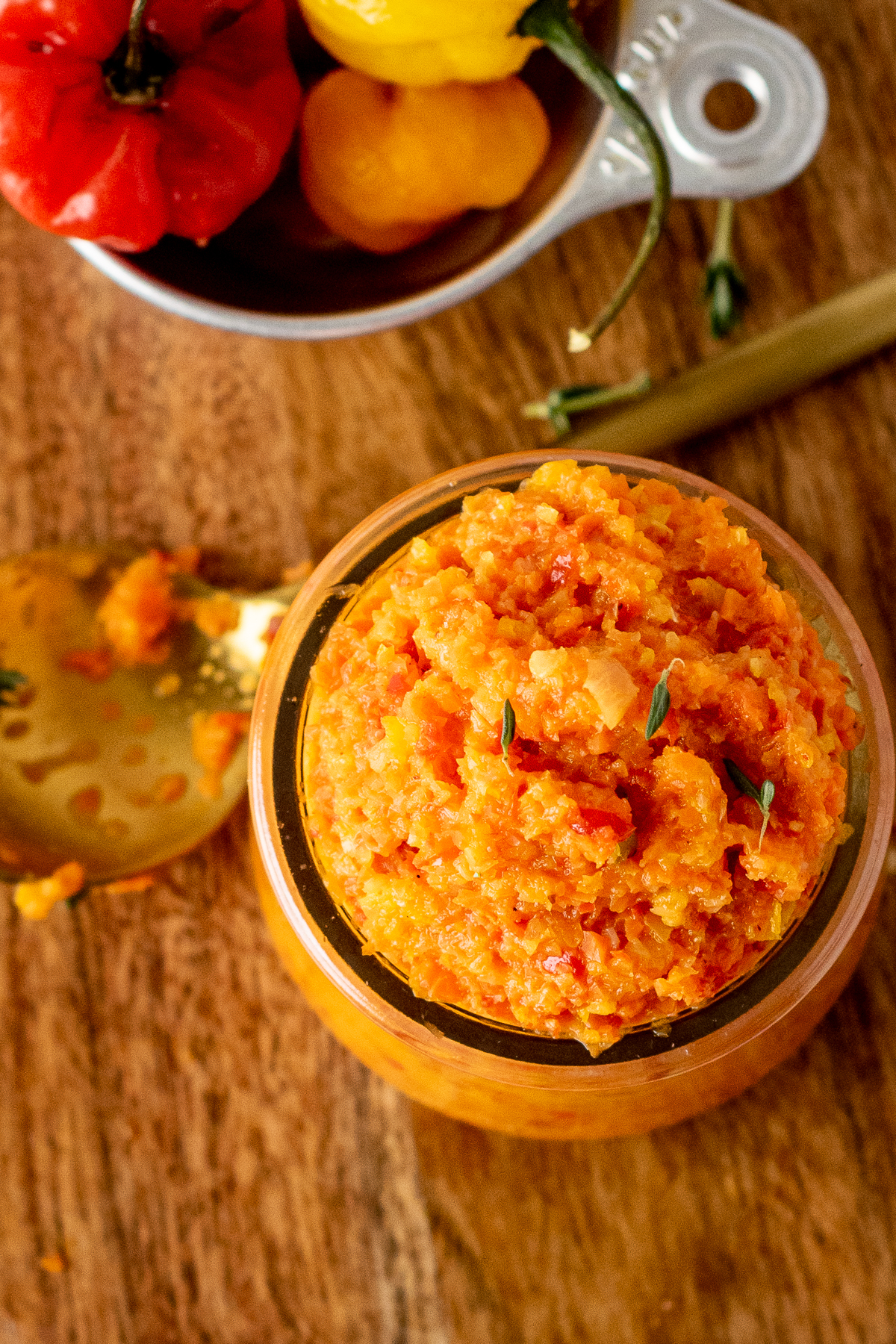
From the Caribbean to Your Kitchen: A Brief History of Scotch Bonnet Pepper Paste
Scotch Bonnet Pepper Paste has a long history and cultural significance in the Caribbean, particularly in Jamaican cuisine. Scotch bonnet peppers are native to the Caribbean, and are believed to have originated in South America before being brought to the islands by Spanish explorers.
The heat and flavor of scotch bonnet peppers quickly became a staple in Caribbean cooking, with the peppers being used in everything from jerk seasoning to hot sauces. Scotch Bonnet Pepper Paste is a particularly popular condiment in Jamaica, where it is often used to add heat and flavor to dishes like rice and peas, soups, and stews.
The process of making Scotch Bonnet Pepper Paste has been passed down through generations of Jamaican cooks, with each family having their own unique recipe and method for making the paste. The ingredients typically include fresh scotch bonnet peppers, garlic, onions, salt, sugar, vinegar, and oil, which are blended together to create a smooth and flavorful paste.
Today, Scotch Bonnet Pepper Paste can be found in many Caribbean and Jamaican restaurants, as well as in specialty food stores and online shops. It has also gained popularity outside of the Caribbean, with people around the world embracing the unique heat and flavor that Scotch Bonnet Pepper Paste brings to their cooking. Whether you’re a fan of spicy food or just looking to add some Caribbean flair to your dishes, Scotch Bonnet Pepper Paste is a condiment that is sure to impress!
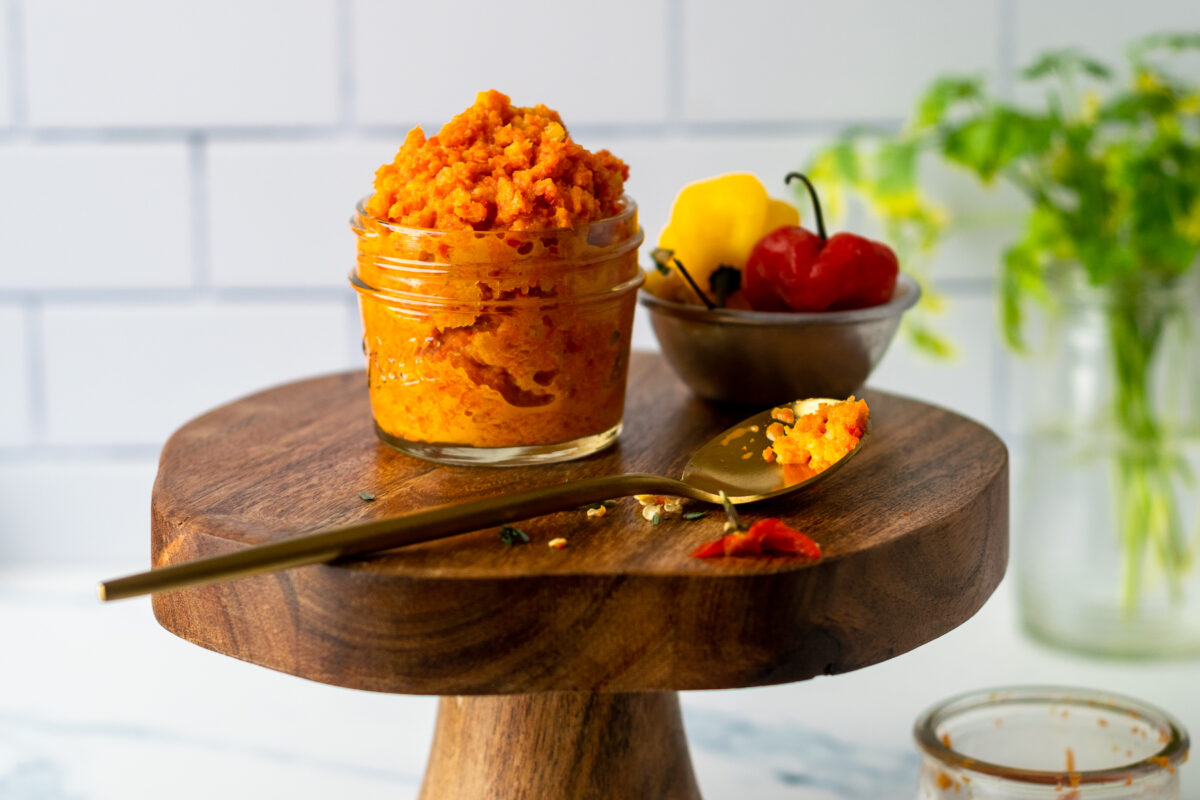
What are Scotch Bonnet Peppers?
With their signature fiery yet flavorful taste, Scotch Bonnet Peppers have become an essential ingredient in Caribbean cuisine. They are believed to have originated in the Caribbean, particularly in Jamaica, where they have been used for centuries in traditional dishes.
The name “Scotch Bonnet” comes from the pepper’s unique shape, which resembles a traditional Scottish tam o’shanter hat. Although the exact history of Scotch Bonnet Peppers is not known, it is believed that they were brought to the Caribbean by Spanish explorers in the 15th century.
Today, the peppers can be found in a range of colors, from green to yellow, orange, and red. The red peppers are the ripest and most flavorful. The pepper’s shape is similar to that of habanero pepper, and it typically measures about one to two inches in diameter.
Scotch Bonnet Peppers have become a staple ingredient in many Caribbean dishes, and their popularity has spread to other parts of the world as well.
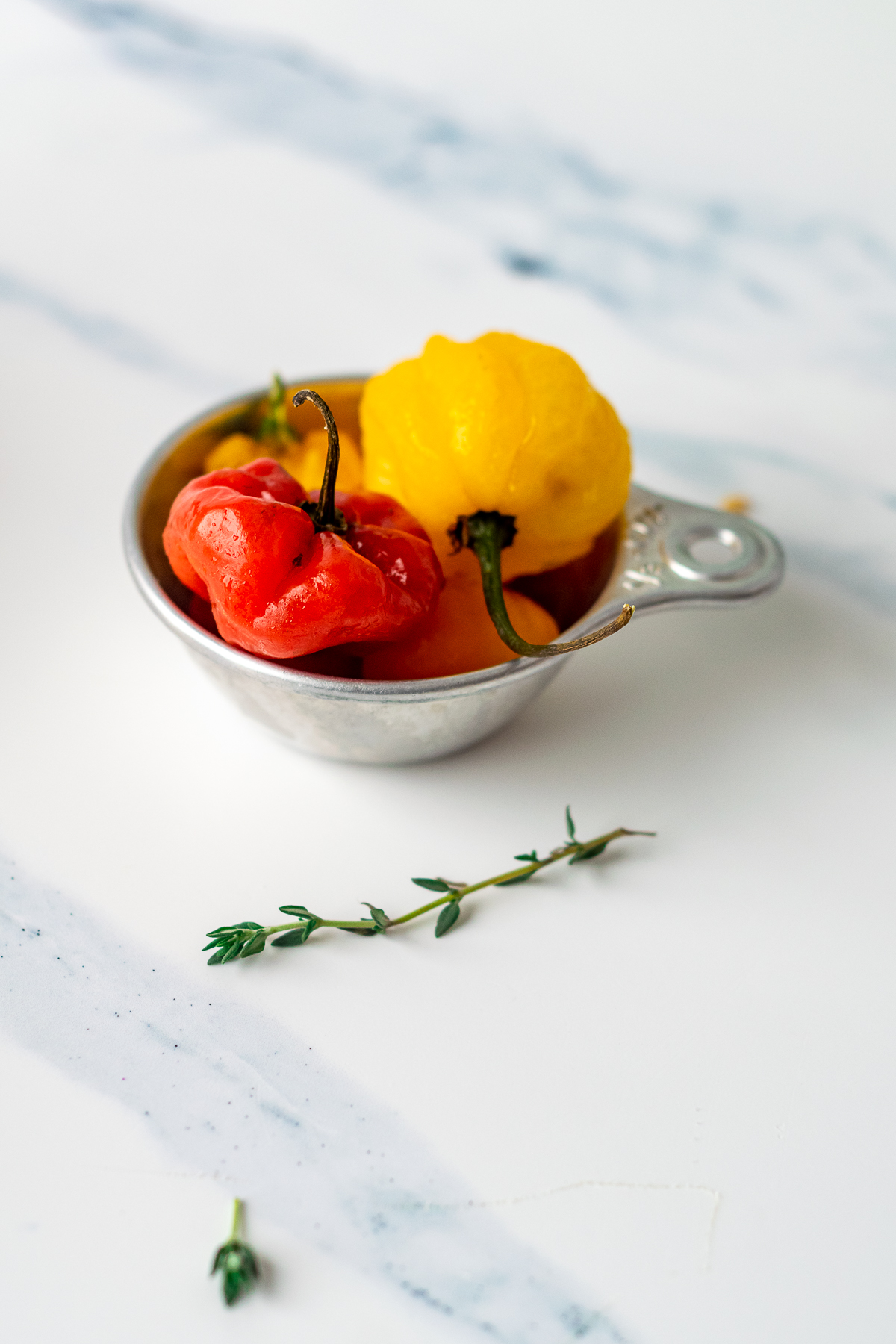
The Flavor and Heat of Scotch Bonnet Peppers
Scotch bonnet peppers are quite hot, with a heat level that ranges from 100,000-350,000 Scoville Heat Units (SHU). To put that in perspective, a jalapeno pepper only has a heat level of about 2,500 to 8,000 Scoville units. So, if you’re not used to eating spicy foods, you might want to use Scotch Bonnet peppers sparingly.
This flavor profile is what makes Scotch Bonnet Pepper Paste such a popular condiment in Jamaican and Caribbean cuisine. Whether you’re using them to make a spicy condiment or adding them to a marinade or sauce, they’re definitely worth trying out if you can handle the heat!
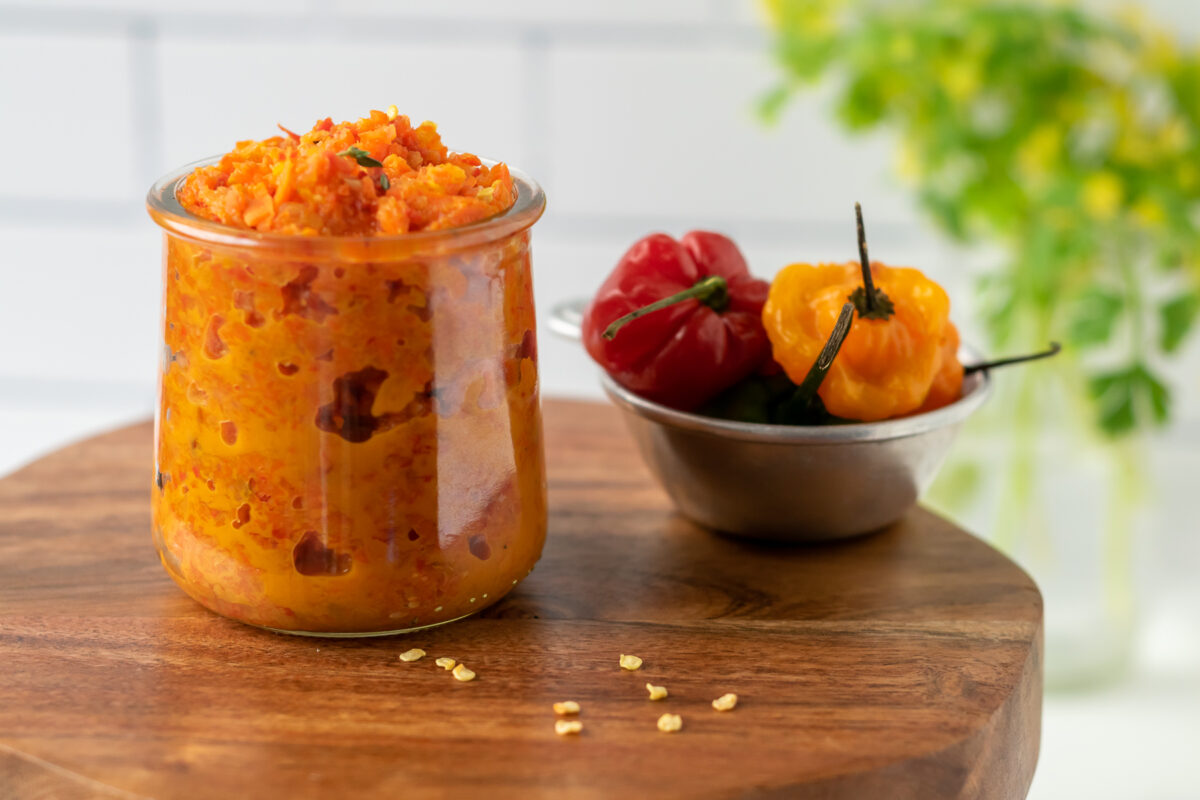
Add Some Spice to Your Life: Health Benefits of Scotch Bonnet Peppers
Scotch Bonnet Pepper Paste is a versatile ingredient that adds complexity and depth of flavor to any dish. It is rich in antioxidants, vitamin C, and capsaicin, which have been shown to have anti-inflammatory properties and may help boost metabolism.
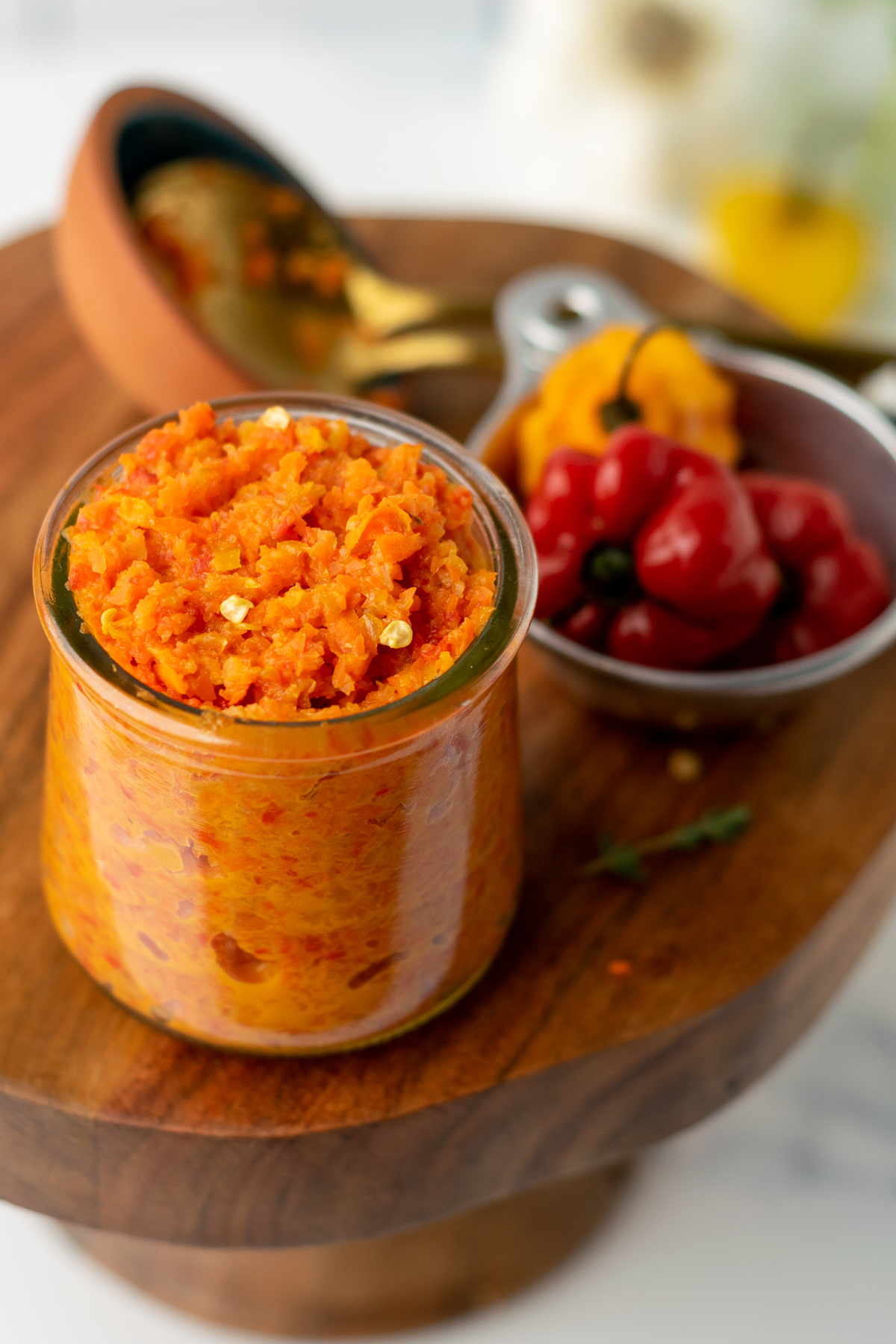
Stocking up on Scotch Bonnet Peppers: Tips for Buying and Preserving
You can find scotch bonnet peppers at your local Caribbean grocery store or farmer’s market (may have some), but if you’re having trouble finding them locally, You can always find the online!
Check out online marketplaces like Etsy, where you can find vendors who sell scotch bonnet peppers and ship them directly to your door. Personally, I buy mine from a trusted vendor on Etsy who ships from Florida. I usually receive it within 3-4 business days.
When it comes to preserving scotch bonnet peppers for future use, freezing is a great option. When you receive your fresh peppers, give them a thorough wash and dry them before freezing them whole in a freezer-safe container. I personally use zip-lock bags for convenience. This method will help to lock in the fresh flavors and heat of the peppers, making them perfect for later use in a variety of recipes.

How to Use Scotch Bonnet Pepper Paste
Scotch Bonnet Pepper Paste is incredibly versatile and can be used in a variety of ways. It can be used as a condiment for grilled meats, a seasoning for soups and stews, or a marinade for vegetables or seafood. The paste can also be used as a base for other sauces or dips, such as a spicy aioli or hot wing sauce.
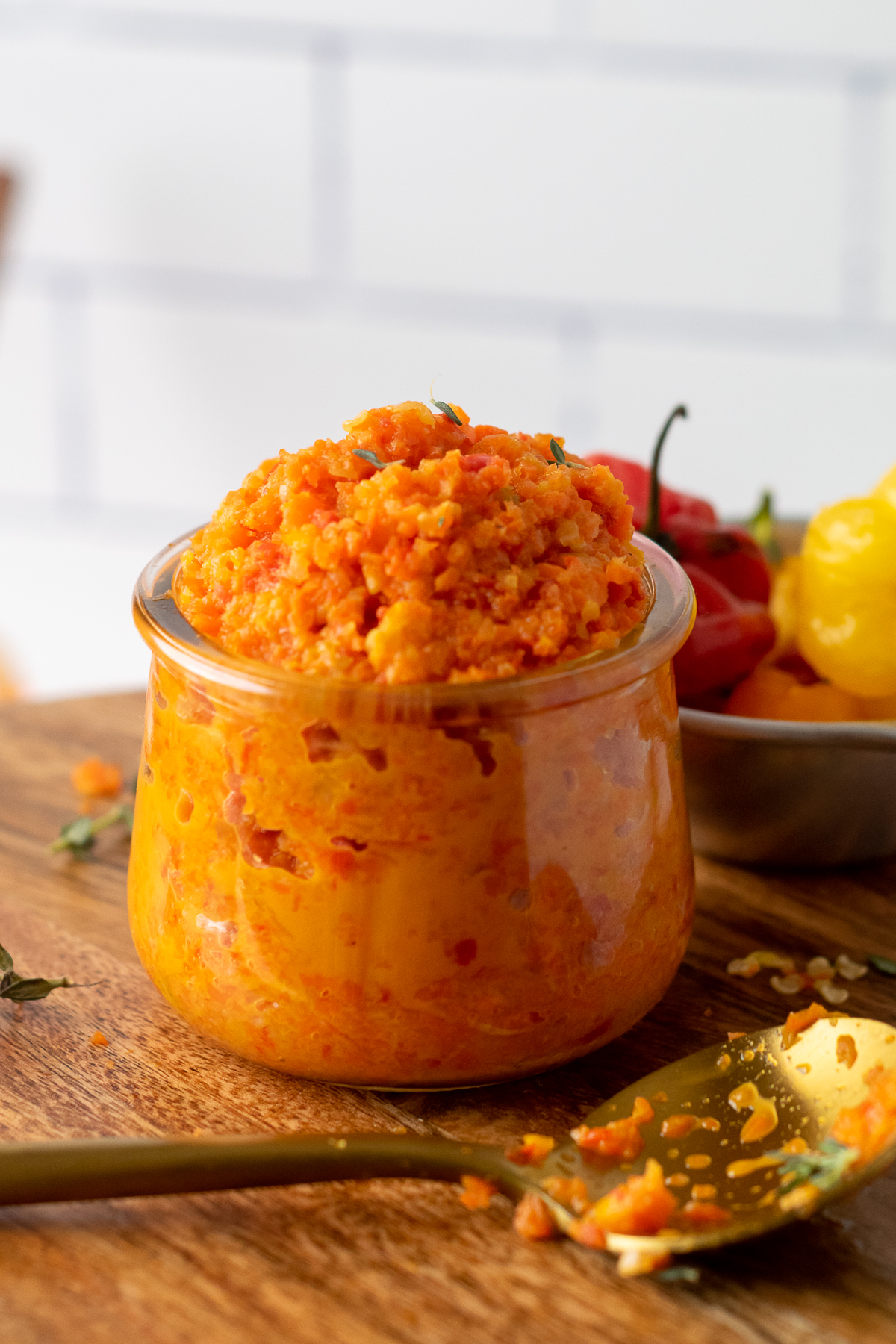
Level Up Your Scotch Bonnet Pepper Paste with These Tips and Tricks
Here are 10 tips for getting the recipe perfect and achieving the best results:
- First and foremost, it’s important to wear gloves when handling scotch bonnet peppers to avoid irritation and burns. These little peppers pack a big punch!
- If you’re not a fan of really spicy food, start with fewer scotch bonnet peppers and work your way up to your desired heat level. It’s always better to err on the side of caution and add more peppers gradually.
- Roasting the garlic before adding it to the paste will give it a more complex and deeper flavor.
- Use a food processor, blender, or mortar and pestle to ensure that the paste is finely chopped and smooth. If using a mortar and pestle, crush and grind the ingredients thoroughly to achieve a smooth and consistent texture.
- Add the salt, sugar, vinegar, and olive oil gradually, and taste the paste as you go to ensure that it’s well-balanced. Everyone’s taste buds are different, so adjust the seasoning to your liking.
- Use high-quality ingredients for the best flavor. Fresh, ripe scotch bonnet peppers and a good quality olive oil can make all the difference.
- Store the paste in an airtight container in the refrigerator for freshness. This will prevent the paste from spoiling and keep it tasting great for longer.
- Remember that a little goes a long way with Scotch Bonnet Pepper Paste! It’s very spicy, so use it sparingly until you become familiar with its heat level.
- Experiment with using the paste as a marinade for meats or seasoning for soups and stews. It’s a versatile condiment that can be used in many different ways.
- Have fun and get creative with your use of the paste in the kitchen! Whether you’re adding a dollop to your morning eggs or using it to spice up your favorite sandwich, the possibilities are endless.
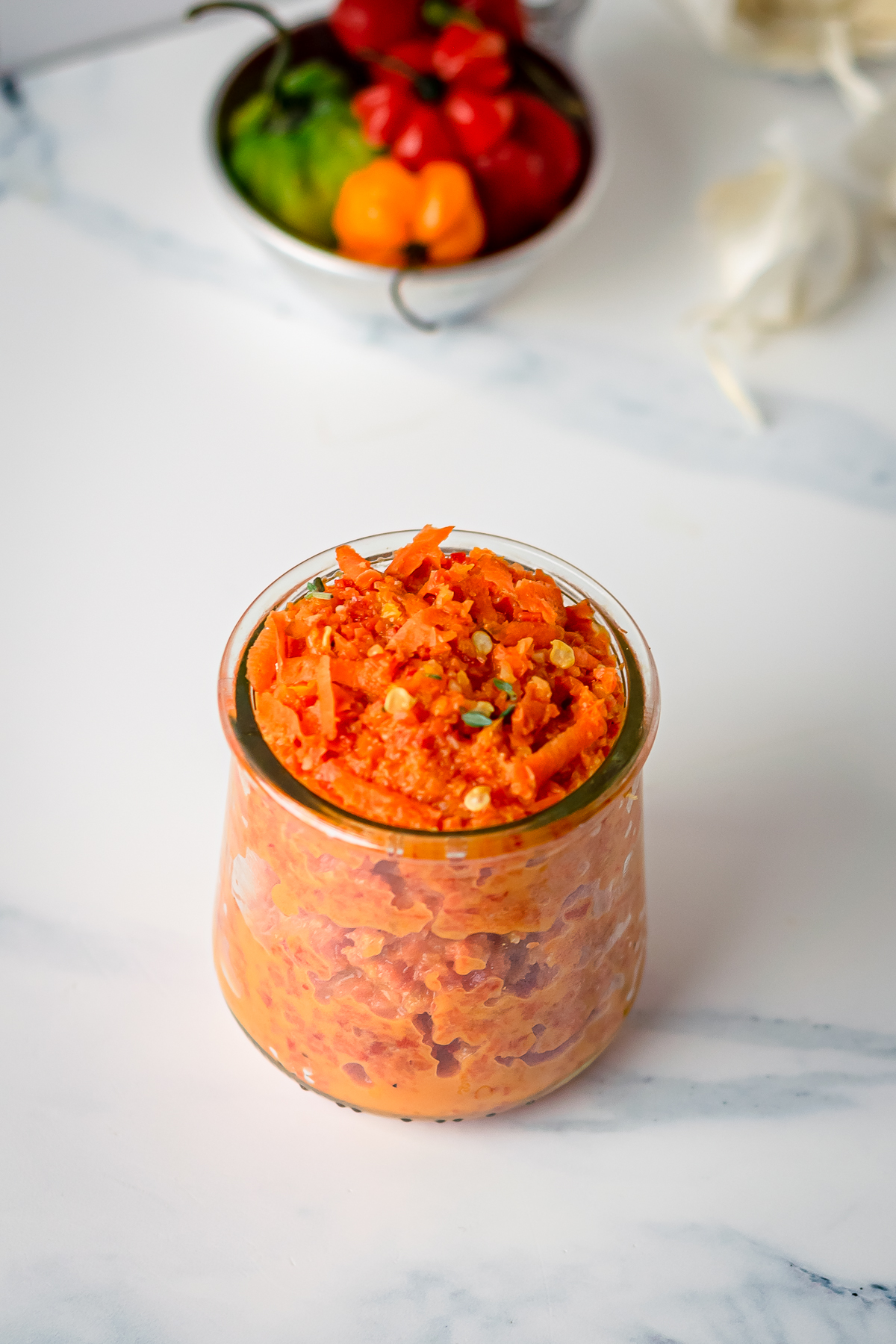
INGREDIENTS RUNDOWN
Peppers
The star of the show – Scotch Bonnet Peppers are the foundation of the paste, providing a fiery heat and fruity flavor that’s unique to this type of pepper. Scotch Bonnets have a Scoville rating of 100,000-350,000, making them one of the hottest peppers in the world, although they are not currently recognized as the hottest. Nonetheless, they are still known for their intense heat and distinct flavor that sets them apart from other peppers.
Aromatics
Garlic adds a pungent and savory flavor to the paste, which complements the heat of the peppers. Roasting the garlic helps to mellow out its sharpness and create a sweeter, more caramelized flavor.
Onion provides a sweet and slightly tangy flavor that helps to balance out the heat of the peppers. Adds depth to the paste.
Vegetables
Carrots while not a traditional ingredient in Scotch Bonnet Pepper Paste, carrots add a slightly sweet and earthy flavor, as well as a vibrant orange color to the paste. They also help to balance out the heat and add a touch of sweetness to the finished product.
Seasonings
Salt enhances the flavor of the other ingredients, and also acts as a preservative to help the paste last longer.
Sugar helps to balance out the heat of the peppers and adds a touch of sweetness to the paste. It’s usually used as a sweenter in most recipes but In this recipe, sugar is used to balance out the spiciness of the scotch bonnet peppers and can be considered a seasoning. You can use any type of granulated sugar that you have on hand, white sugar, cane sugar, or even coconut sugar. The sugar is primarily used to balance out the heat and acidity of the scotch bonnet peppers and white vinegar, so the type of sugar used is not critical to the recipe.
Acid
White Vinegar adds acidity and tanginess to the paste, as well as helping to preserve it. You can also use apple cider vinegar instead of white vinegar in the recipe can add a slightly sweeter and fruitier flavor to the Scotch Bonnet Pepper Paste. Apple cider vinegar is also known for its health benefits and may provide some additional nutritional value to the paste. However, the choice between using white vinegar or apple cider vinegar ultimately comes down to personal preference and the flavor profile that you want to achieve in your paste.
Oil
Extra Virgin Olive Oil helps to create a smooth and creamy texture in the paste, as well as adding a fruity and slightly bitter flavor.
See recipe substitution list below.
Grocery List Generator

Ingredients to Make This Jamaican-Style Scotch Bonnet Pepper Paste
Here’s what you’ll need:
- 10-12 scotch bonnet peppers
- 2 cloves of garlic, unpeeled & pan roasted
- 1/2 cup yellow onion (about 1/2 medium-sized onion), chopped up
- 1/2 cup carrots ( about 2 medium size carrots), chopped up
- 1 tablespoon of salt
- 1 tablespoon of sugar
- 1 tablespoon of white vinegar
- 2 tablespoons extra virgin olive oil
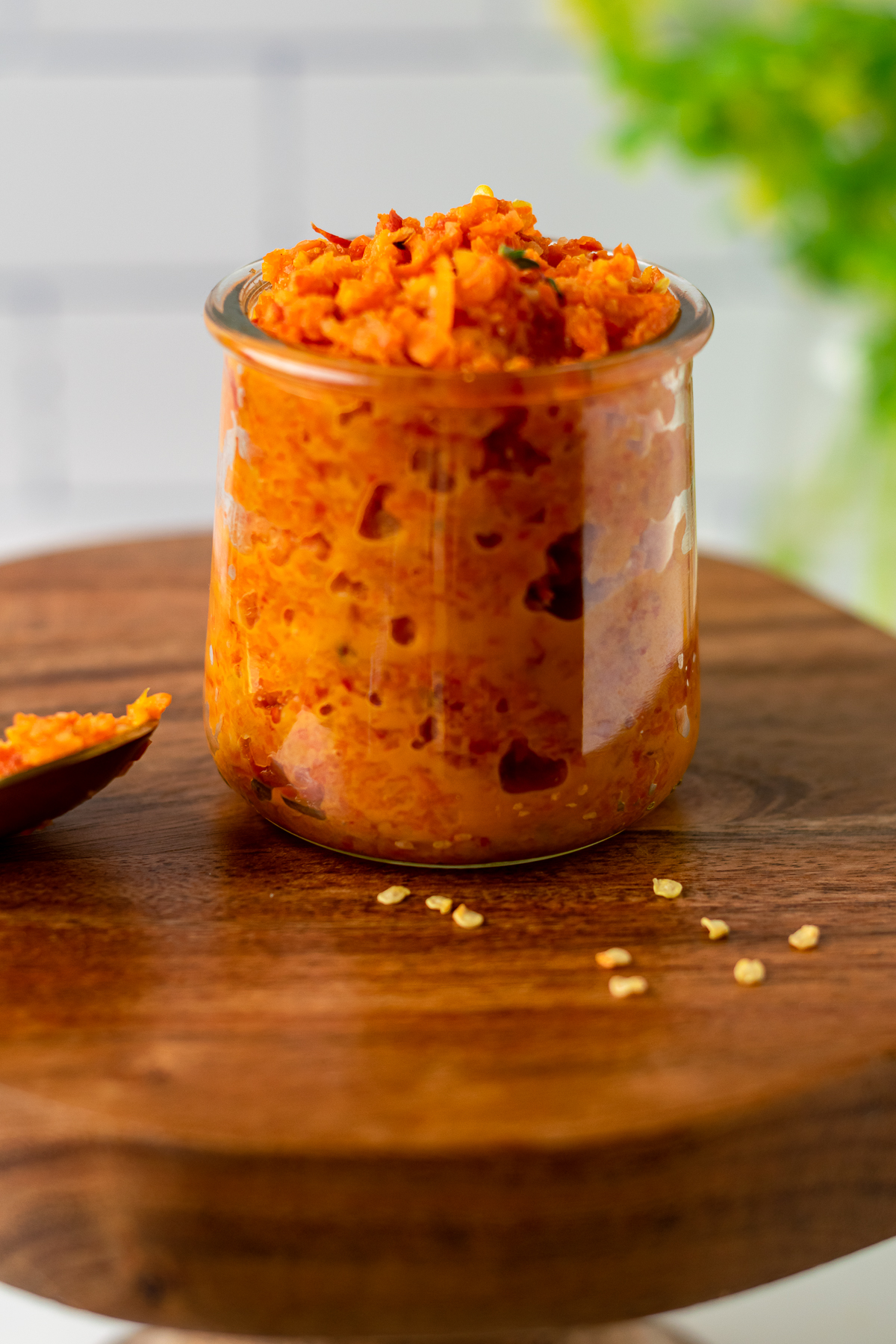
What’s Inside: The Nutritional Breakdown of this Scotch Bonnet Pepper Paste
Nutrition Facts
| Nutrient | Amount Per Serving |
|---|---|
| Calories | 18 |
| Total Fat | 1.6g |
| Saturated Fat | 0.2g |
| Cholesterol | 0mg |
| Sodium | 302mg |
| Total Carbohydrates | 1.1g |
| Dietary Fiber | 0.2g |
| Total Sugars | 0.7g |
| Protein | 0.2g |
| Vitamin D | 0mcg |
| Calcium | 4mg |
| Iron | 0.1mg |
| Potassium | 29mg |

PREPARATIONS
How To Make This Jamaican Style Scotch Bonnet Pepper Paste
Let’s get started on this delicious Scotch Bonnet Pepper Paste!
- Begin by preheating a dry large-sized skillet over medium-high heat.
- To prepare your garlic, separate two garlic cloves from the head but leave the skin on. For the first option, place the garlic cloves directly in the preheated skillet and turn them occasionally to ensure even roasting. Watch for the skin to turn a golden-brown color and for the cloves to become soft and caramelized, which should take about 5-7 minutes. If you are using a cast iron skillet or another heavy-bottomed pan, the garlic cloves may also become slightly charred during the roasting process. To avoid this, you can check on the garlic occasionally and turn them to ensure even roasting. Please note that the pan may smoke during the roasting process, so be sure to have good ventilation and handle the skillet with care.
- Alternatively, for the second option, wrap the garlic cloves in aluminum foil to create a small pouch, then add the pouch to the preheated skillet. Allow the garlic cloves to pan-roast for 5-7 minutes until they are soft and caramelized. Once they’re cool enough to handle, remove the skin and set them aside.
- While the garlic is roasting, put on a pair of gloves to protect your skin from the spicy oils in the Scotch Bonnet peppers.
- Next, wash and dry the peppers, and remove the stems, seeds, and white membrane. Removing the seeds can help reduce the heat level, but leaving the membrane intact will still result in a fairly spicy paste. Some people prefer to remove the seeds and membrane to achieve a milder heat level, while others enjoy the full heat experience and leave them in. It ultimately comes down to personal preference. Chop up the peppers and set them aside.
- Peel and roughly chop the onion, and wash, dry, peel, and chop the carrots into small pieces (peeling is optional).
- In a large skillet, heat up the olive oil over medium-low heat. Add the onions and sauté for 2-3 minutes until they become slightly softened and fragrant. Increase the heat to medium, add the chopped scotch bonnet peppers and carrots to the skillet, and sauté for another 2-3 minutes.
- After that transfer the mixture to a blender or food processor, and add the salt, sugar, and white vinegar. Blend until smooth and creamy, scraping down the sides of the blender as needed. This will allow the flavors to blend together and create a delicious base for your paste.
- If you prefer to use a mortar and pestle, add the mixture to the mortar in small batches. Use the pestle to grind the ingredients together using a circular motion. Continue grinding until the mixture forms a smooth paste. Repeat until all of the mixture has been ground into a paste.
- Once you’ve blended or ground the mixture to your desired consistency, taste and adjust the seasoning as needed, adding more salt or sugar to balance out the flavors.
- Transfer the Scotch Bonnet Pepper Paste to a clean airtight container and store it in the refrigerator for up to 3 months to ensure the paste stays fresh.
Need the full, printable recipe? No problem! Just check out the recipe card below for all the ingredients, measurements, and instructions you’ll need. And if you prefer to have a visual guide, we’ve got you covered with a recipe video that will walk you through the process step by step.
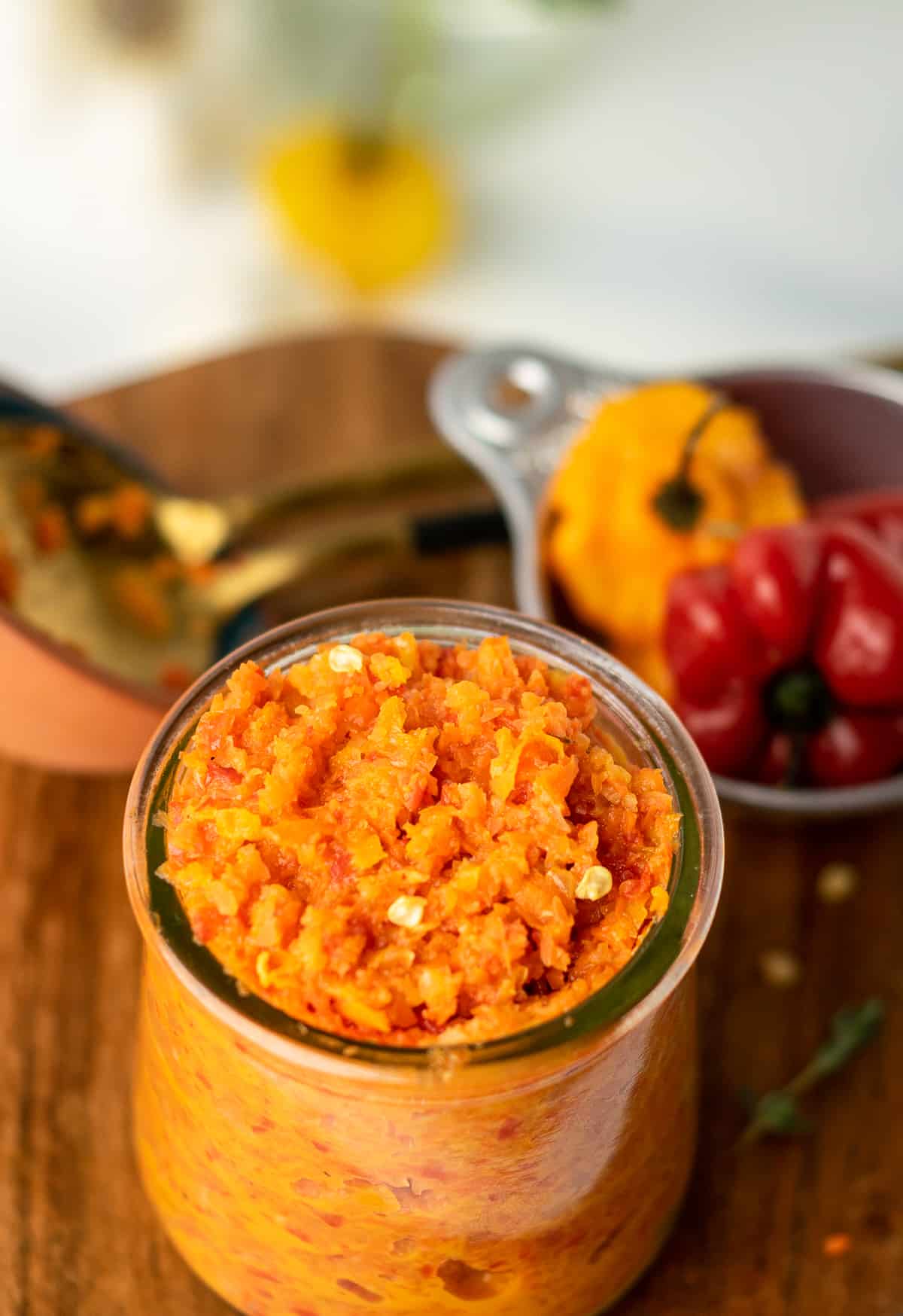
Time Breakdown: How Long It Takes to Make This Scotch Bonnet Pepper Paste
The total time it takes to make this recipe can vary depending on the method you choose and how experienced you are in the kitchen. If you’re using a blender or food processor, you can expect to spend about 15-20 minutes from start to finish, including washing, chopping, sautéing, and blending the ingredients. However, if you prefer to use a mortar and pestle, the preparation time can take a bit longer, up to 30-45 minutes. So take your time and enjoy the process!
Here’s a breakdown of the time required for each step:
- Prepping the peppers, garlic, and onion: 10-15 minutes
- Roasting the garlic: 5-7 minutes
- Sautéing the vegetables: 5-7 minutes
- Blending or grinding the mixture: 5-10 minutes
- Adjusting the seasoning and transferring the paste to a jar: 3-5 minutes
In total, you can expect to spend approximately 30-40 minutes making this recipe. Remember, it’s important not to rush through the steps and to give each step the time it needs to ensure the best texture and taste for your Scotch Bonnet Pepper Paste.
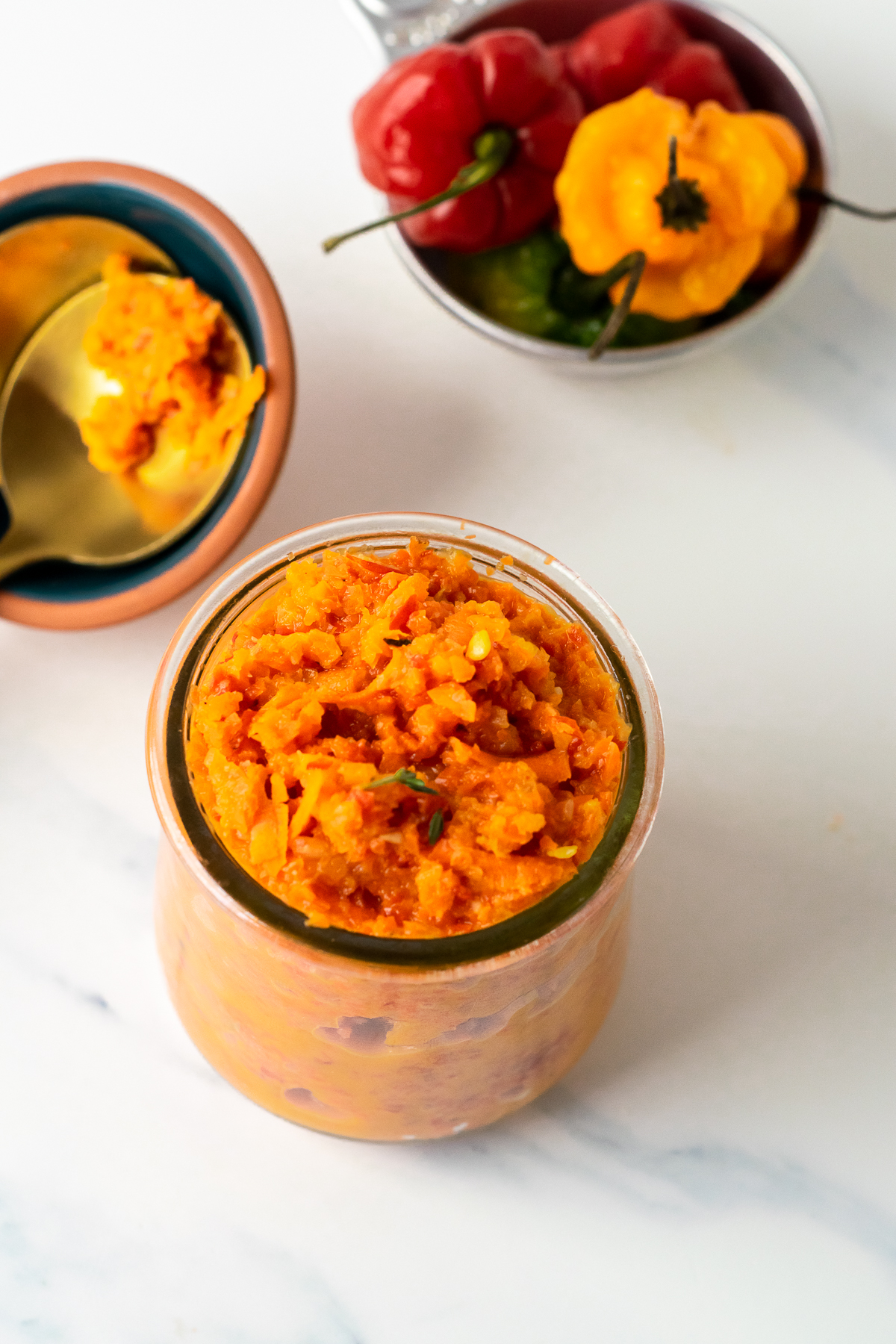
Going Big: Scaling Up Your Scotch Bonnet Pepper Paste Recipe
Looking to use Scotch Bonnet Pepper Paste more often or make a larger batch to share with others? No problem! You can easily scale up the quantities in the recipe card below and make as much paste as you need.

Scotch Bonnet Pepper Paste Recipe Video (coming soon)
Get instant notifications when we release a new recipe video! Subscribe now and never miss a future release!

RECIPE FAQS
Scotch bonnet peppers can be used in a variety of ways in cooking. They are commonly used to add heat and flavor to dishes such as marinades, sauces, dips, soups, stews, and grilled meats. They can also be used as a condiment or seasoning in dishes to add depth of flavor and complexity.
Scotch bonnet paste is a super hot sauce made with scotch bonnet peppers and other ingredients. It can be used as a condiment or seasoning in dishes to add heat and flavor. It can also be used as a marinade or dipping sauce for grilled meats or vegetables.
Scotch Bonnet Peppers are known to boost metabolism and have anti-inflammatory properties due to their capsaicin content.
Scotch Bonnet Peppers are very spicy, similar to habanero peppers, and can range from 100,000 to 350,000 Scoville units.
If Scotch Bonnet Peppers are not available, habanero or jalapeno peppers can be used as a substitute.
Yes, you can use ground Scotch Bonnet Pepper to make the paste. However, the texture and consistency of the paste may be slightly different compared to using whole peppers. It’s important to adjust the amount of ground pepper you use based on your personal preference for spiciness. Remember, Scotch Bonnet Pepper is very hot, so a little goes a long way! As a general rule, you can use 1/4 to 1/2 teaspoon of ground Scotch Bonnet Pepper for every whole pepper called for in a recipe. It’s best to start with a smaller amount and adjust to taste, as ground pepper can be much hotter than fresh.
Scotch bonnet peppers and habanero peppers are both extremely hot and have a similar heat level, with scotch bonnets ranging from 100,000 to 350,000 Scoville heat units and habaneros ranging from 100,000 to 350,000 Scoville heat units as well. However, the heat level can vary depending on the specific pepper and growing conditions.
Yes, scotch bonnet peppers are much hotter than jalapeno peppers. Jalapeno peppers typically range from 2,500 to 8,000 Scoville heat units, while scotch bonnet peppers range from 100,000 to 350,000 Scoville heat units.
Of course, you can! You can adjust the heat level of the paste by removing the seeds and membranes or adding more sugar or vinegar to balance out the spiciness.
Scotch Bonnet Pepper Paste is a thicker paste compared to other hot sauces, which tend to be a more liquid consistency.

Substitutions & Additions
- Habanero peppers: If you can’t find Scotch Bonnet peppers, habanero peppers are a great substitute. They have a similar level of heat and a fruity flavor that complements the other ingredients in the paste.
- Jalapeno peppers: If you want a milder version of the paste, you can substitute jalapeno peppers for the Scotch Bonnet peppers. Jalapenos are less spicy than Scotch Bonnets, so you’ll end up with a milder paste.
- Red pepper flakes: If you don’t have fresh peppers on hand, you can use red pepper flakes instead. However, keep in mind that red pepper flakes will have a different texture than fresh peppers, and you may need to adjust the amount to get the desired level of heat.
- Apple cider vinegar: If you don’t have white vinegar, you can use apple cider vinegar instead. This will give the paste a slightly different flavor, but it will still be delicious.
- Sugar: If you want to make the paste healthier, you can use a natural sweetener like honey or maple syrup instead of sugar. This will give the paste a slightly different flavor, but it will still be delicious. Alternatively, you can leave out the sweetener altogether if you prefer a less sweet paste.
- Lime Juice: Lime juice can be used as a substitute for vinegar in Scotch Bonnet Pepper Paste, and it can add a bright and citrusy flavor to the paste. However, it’s important to note that lime juice is more acidic than vinegar, so it may slightly alter the flavor profile of the paste. Additionally, lime juice may also impact the shelf life of the paste since it has a lower pH level than vinegar. If you choose to use lime juice in your Scotch Bonnet Pepper Paste, it’s best to store it in the refrigerator and use it within a shorter time frame to ensure it stays fresh.
The substitutions will impact the final taste and texture of the paste, so be sure to adjust the seasoning as needed to achieve the desired flavor.

Variations & Twists
Are you ready to take your Scotch Bonnet Pepper Paste to the next level? I’ve got some awesome variations for you to try out.
- To really spice things up, you can experiment with different kinds of vinegar. Apple cider vinegar, rice vinegar, or balsamic vinegar – take your pick! Just add about a tablespoon to the recipe for a unique twist.
- Got a sweet tooth, try adding some fresh fruits – mango or pineapple can really amp up the flavor. Just add half a cup of diced mango or pineapple to the recipe and voila! Sweet and spicy perfection.
- Want to feel the burn? Consider adding 1-2 extra Scotch Bonnet peppers to the recipe. But, if you’re looking for a milder option, you can swap out some of the Scotch Bonnets for milder peppers like habaneros or jalapeños. For example, you could try using 6 Scotch Bonnets and 4 habaneros.
- You can also get creative with herbs and spices. Add a tablespoon of grated ginger or a tablespoon of finely chopped thyme or oregano to create your own unique blend. The possibilities are endless, so have fun and let your taste buds be your guide!
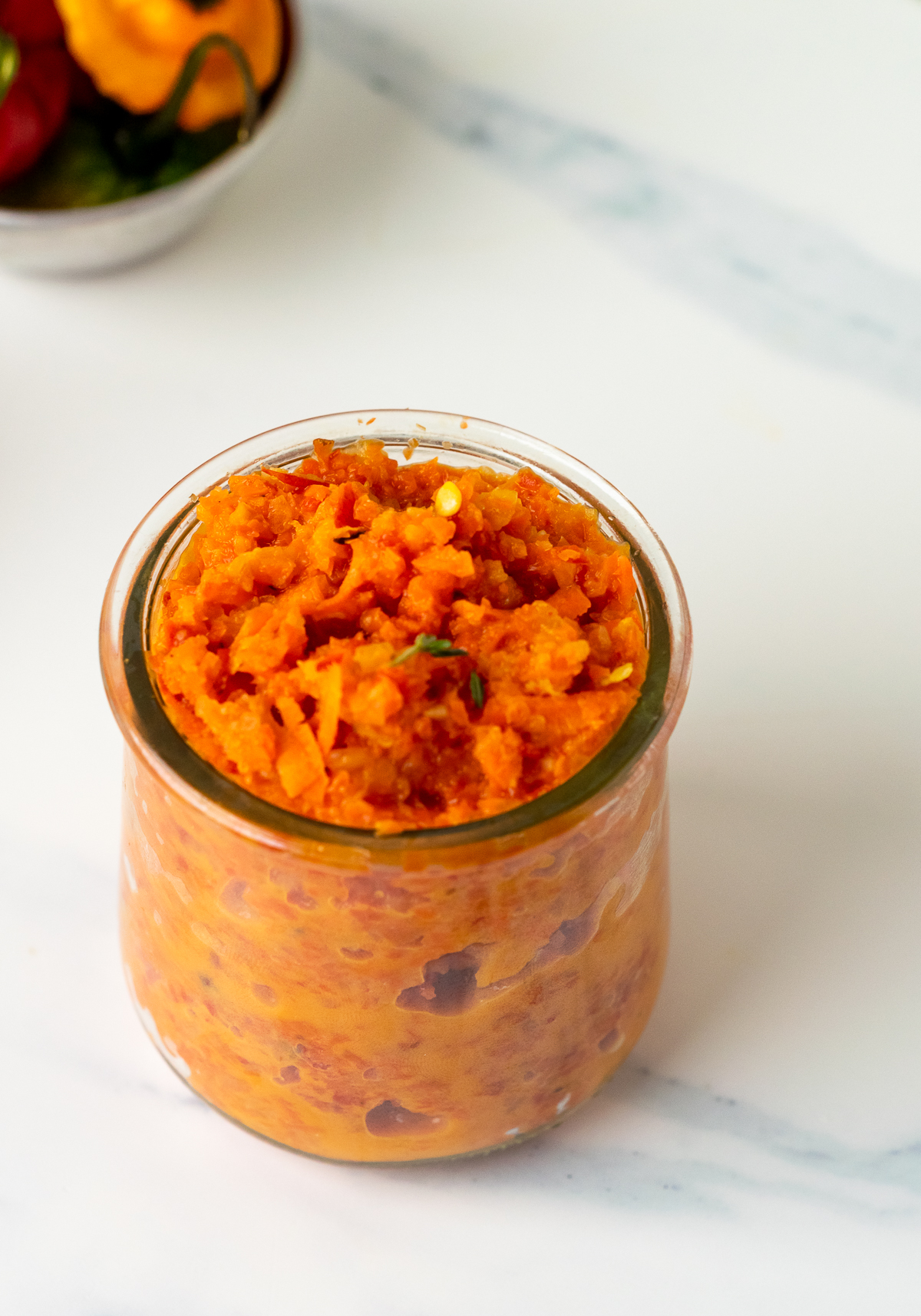
Making the Most of Your Homemade Scotch Bonnet Pepper Paste
Here are some creative and unique ways to use your scotch bonnet pepper paste:
- Marinade: Mix Scotch Bonnet Pepper Paste with soy sauce, honey, and lime juice to create a delicious marinade for grilled chicken or shrimp.
- Sauce: Combine the paste with mayonnaise, sour cream, and lime juice to make a spicy dipping sauce for vegetables or taco toppings.
- Soup: Add a spoonful of the paste to your favorite soup recipe for an extra kick of heat and depth of flavor.
- Dressing: Whisk together Scotch Bonnet Pepper Paste with olive oil, honey, and mustard to create a spicy vinaigrette for salads.
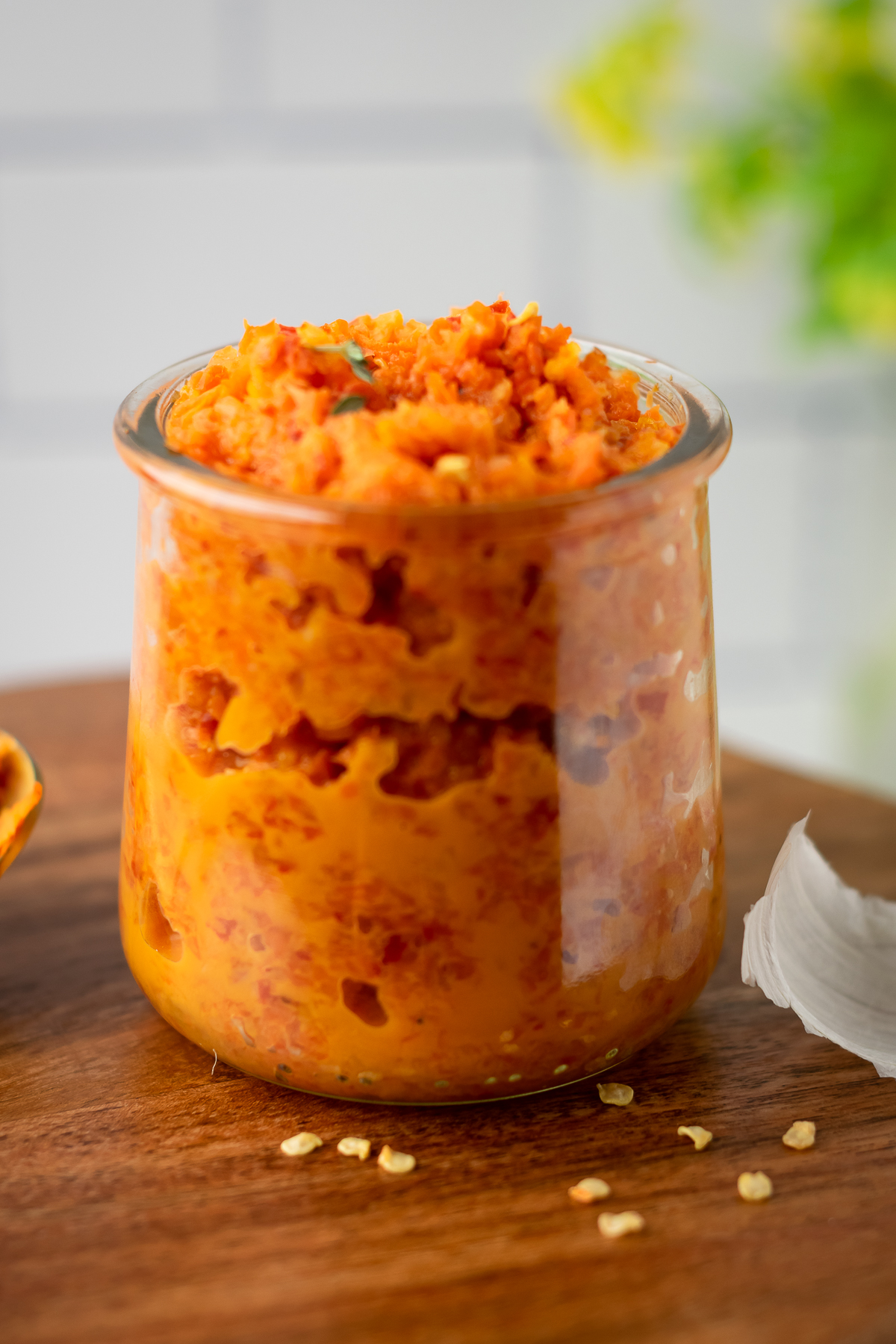
GOT LEFTOVERS?
Storing and Preserving your Scotch Bonnet Pepper Paste
When it comes to storing and preserving Scotch Bonnet Pepper Paste, it’s important to use a clean and airtight container to prevent spoilage and to keep it fresh for as long as possible. The paste can be stored in the refrigerator for up to 3 months, but it’s recommended to use it within 1-2 months for the best quality.
If you have a large batch of paste and won’t be able to use it all before it goes bad, you can also freeze it for later use. To freeze, simply transfer the paste to a freezer-safe container or plastic bag, and store it in the freezer for up to 6 months.

Additional Tips for Storing your Scotch Bonnet Pepper Paste
Once you’ve blended or ground your Scotch Bonnet Pepper Paste, it’s best to let the flavors meld together for a little while before using it in your recipe. This will give the ingredients time to blend and create a more cohesive flavor profile.
To allow the flavors to meld, you can refrigerate the paste in an airtight container for a few hours or even overnight. This will also help the paste to thicken up a bit, making it easier to spread or mix into your dishes.
Just be aware that the longer you let the paste sit, the spicier it may become as the heat from the peppers continues to infuse into the other ingredients. So if you prefer a milder spice level, it’s best to use the paste relatively soon after making it.
Overall, taking a little extra time to let your Scotch Bonnet Pepper Paste sit and meld will help to maximize its flavor and make your dishes even more delicious!
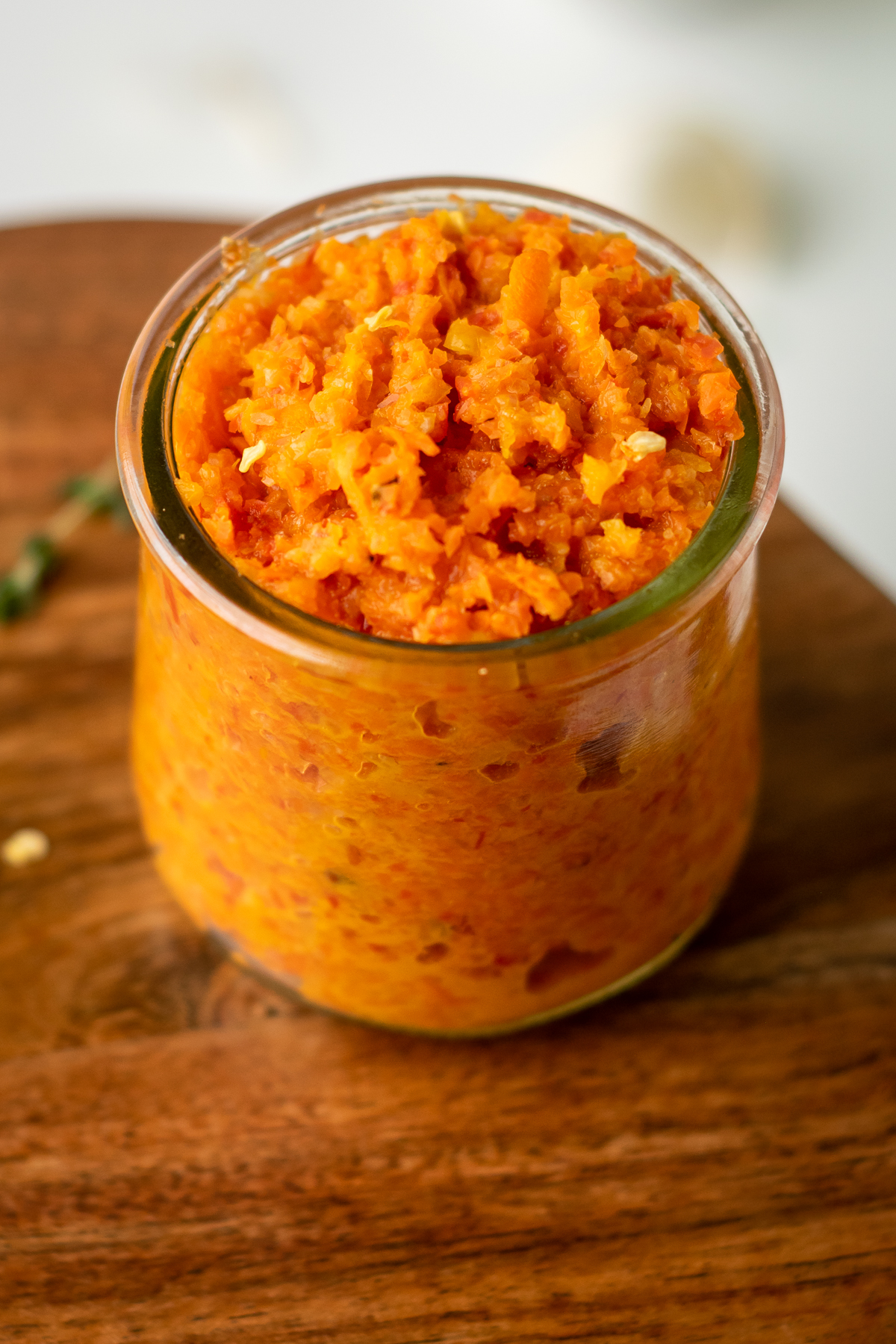
Determining If your Scotch Bonnet Pepper Paste has Gone Bad
To determine if your homemade Scotch Bonnet Pepper Paste has gone bad, look for signs of mold or an off smell. If you notice any discoloration or an unusual odor, it’s best to discard it and make a fresh batch.

Using Up Leftover Scotch Bonnet Pepper Paste
If you have leftover paste that you’re not sure how to use up, consider adding it to marinades or sauces for a spicy kick. You can also mix it into soups, stews, or chili for added depth of flavor. Another option is to use it as a condiment, spreading it on sandwiches or burgers, or stirring it into dips for a spicy twist. Just be sure to use it sparingly, as a little goes a long way!
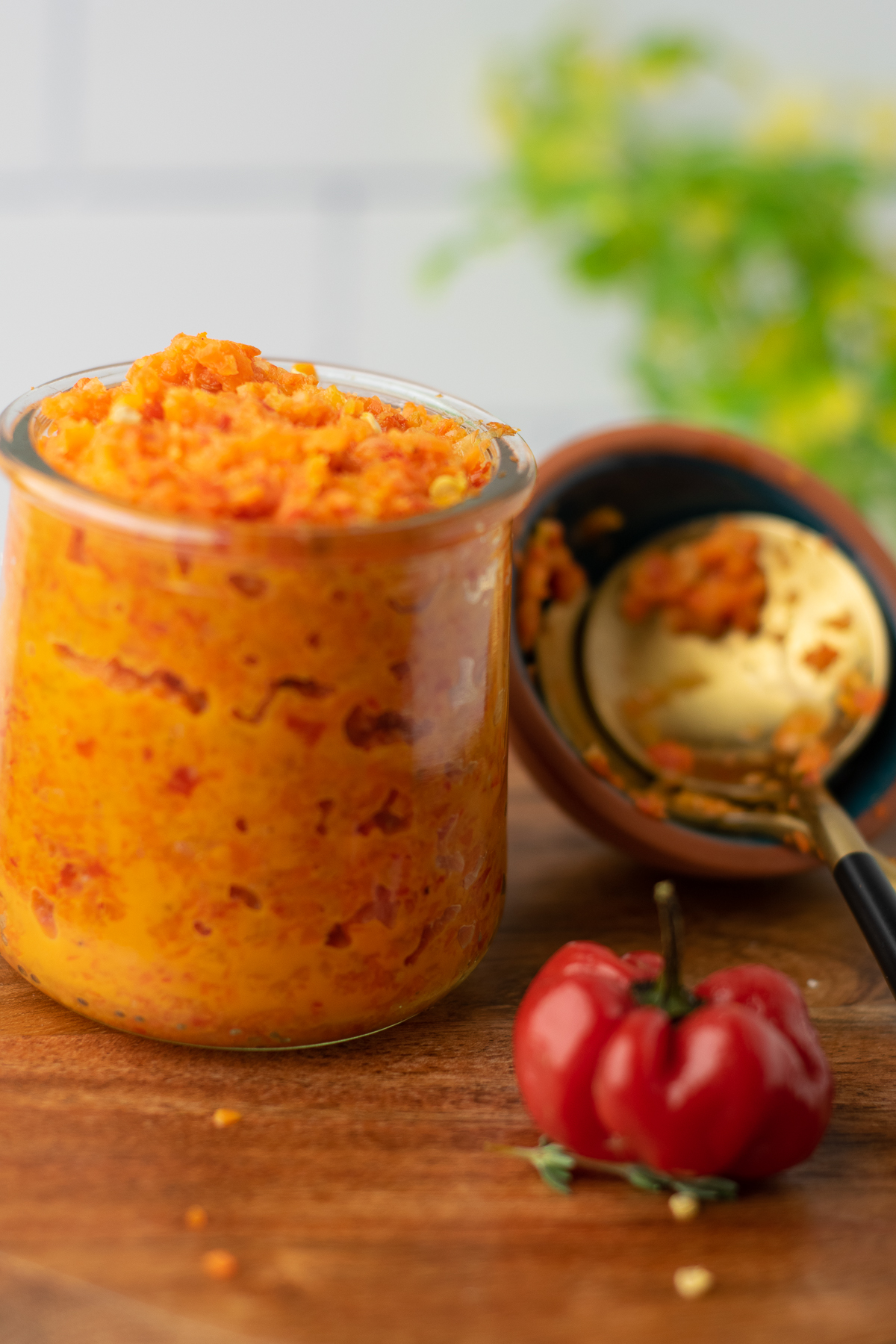
BOTTOM LINE
Congratulations, you’ve now learned how to make Scotch Bonnet Pepper Paste at home! 💃🏾 With its unique flavor and heat, this paste can add depth and complexity to any dish, from grilled meats to soups and stews.
Whether you prefer to use it as a marinade, sauce, dip, or condiment, the possibilities for this paste are truly endless.
We hope you’re feeling inspired to experiment with different variations and share your results with us in the comments below. Don’t forget to also share this recipe with your friends and family who love a good spicy kick in their food!
So go ahead and grab some Scotch Bonnet Peppers to start cooking up a storm with this delicious paste. And remember, a little goes a long way! 🫶🏾xx
Kraving More?
Looking for more delicious and easy-to-make condiments to elevate your meals? Check out some of my other homemade condiment recipes or browse The Recipe Index for even more mouthwatering ideas. With a variety of options to choose from, you’re sure to find something to satisfy your kravings.


Key Equipment/Products Use
 Buy Now →
Buy Now →  Buy Now →
Buy Now →  Buy Now →
Buy Now →  Buy Now →
Buy Now → 
Stainless Steel 5-Piece Measuring Spoons
Buy Now →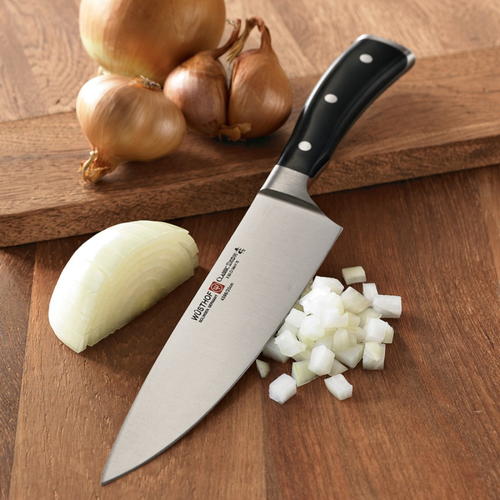
Wusthof’s Classic Ikon 8″ Chef’s Knife
Buy Now →Nutrition Label
16 servings per container
Serving Size1 tablespoon
Calories18
- Amount Per Serving% Daily Value *
- Total Fat
1.6g
2%
- Sodium 302mg 13%
- Amount Per Serving% Daily Value *
- Potassium 29mg 1%
- Total Carbohydrate
1.1g
1%
- Dietary Fiber .2g 0%
- Sugars .7g
- Protein .2g 0%
- Calcium 4%
- Iron .1%
* The % Daily Value tells you how much a nutrient in a serving of food contributes to a daily diet. 2,000 calories a day is used for general nutrition advice.
Nutritional Disclaimer
The nutritional information provided on kerriannskravings.com for the recipes on the site is an estimate only and is offered as a courtesy. It is recommended to calculate the nutritional information for a recipe using the actual ingredients used. Please refer to our Nutritional Disclaimer for more information.

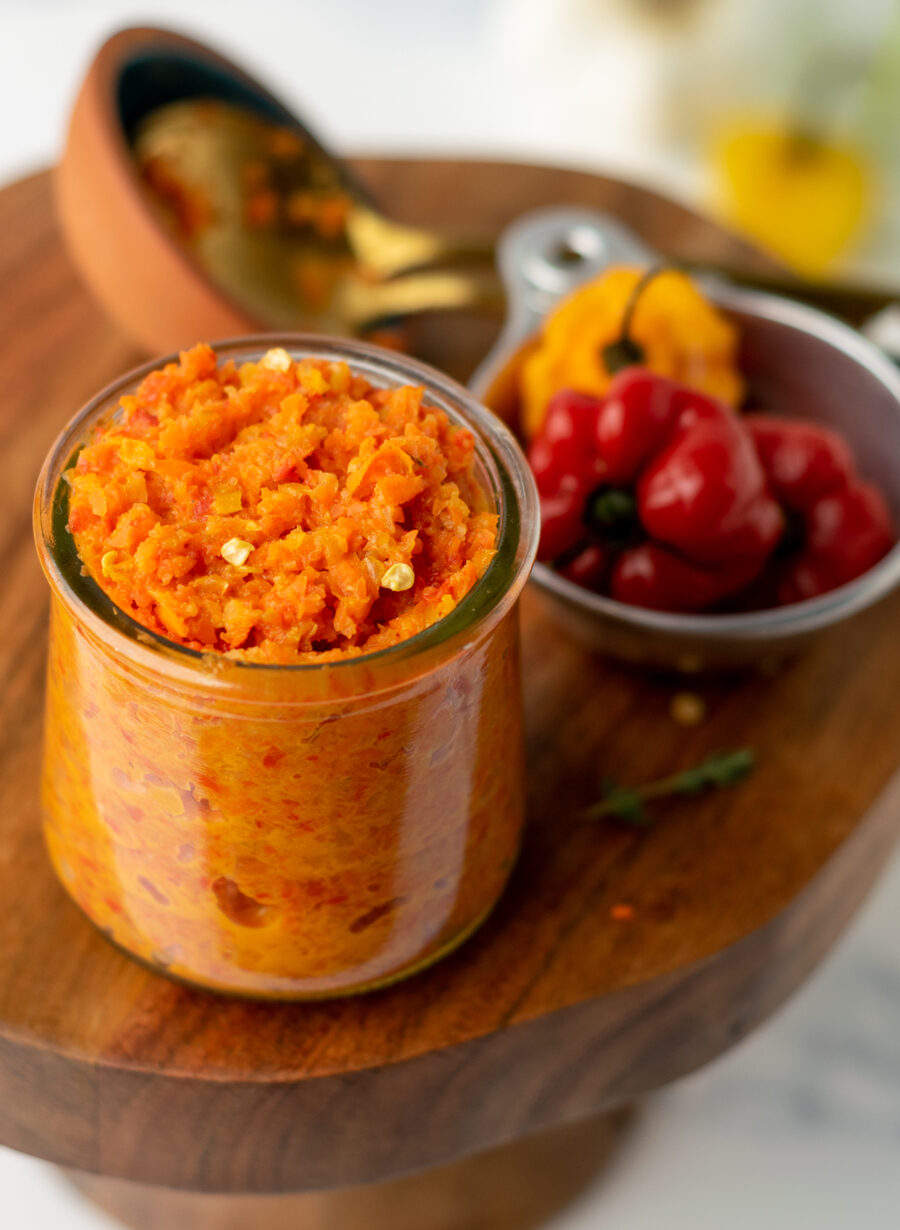
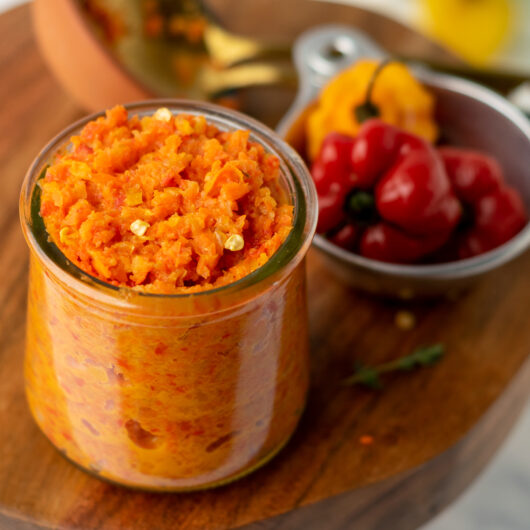
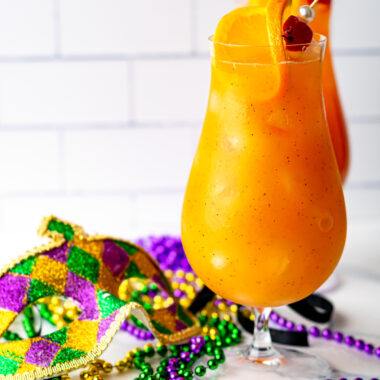


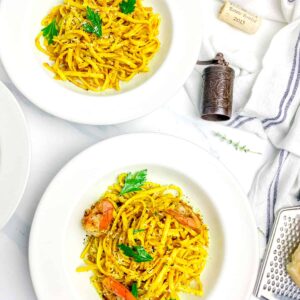

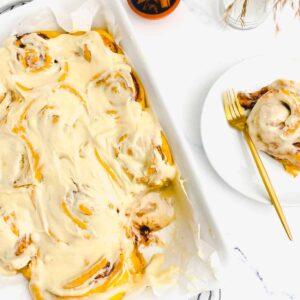



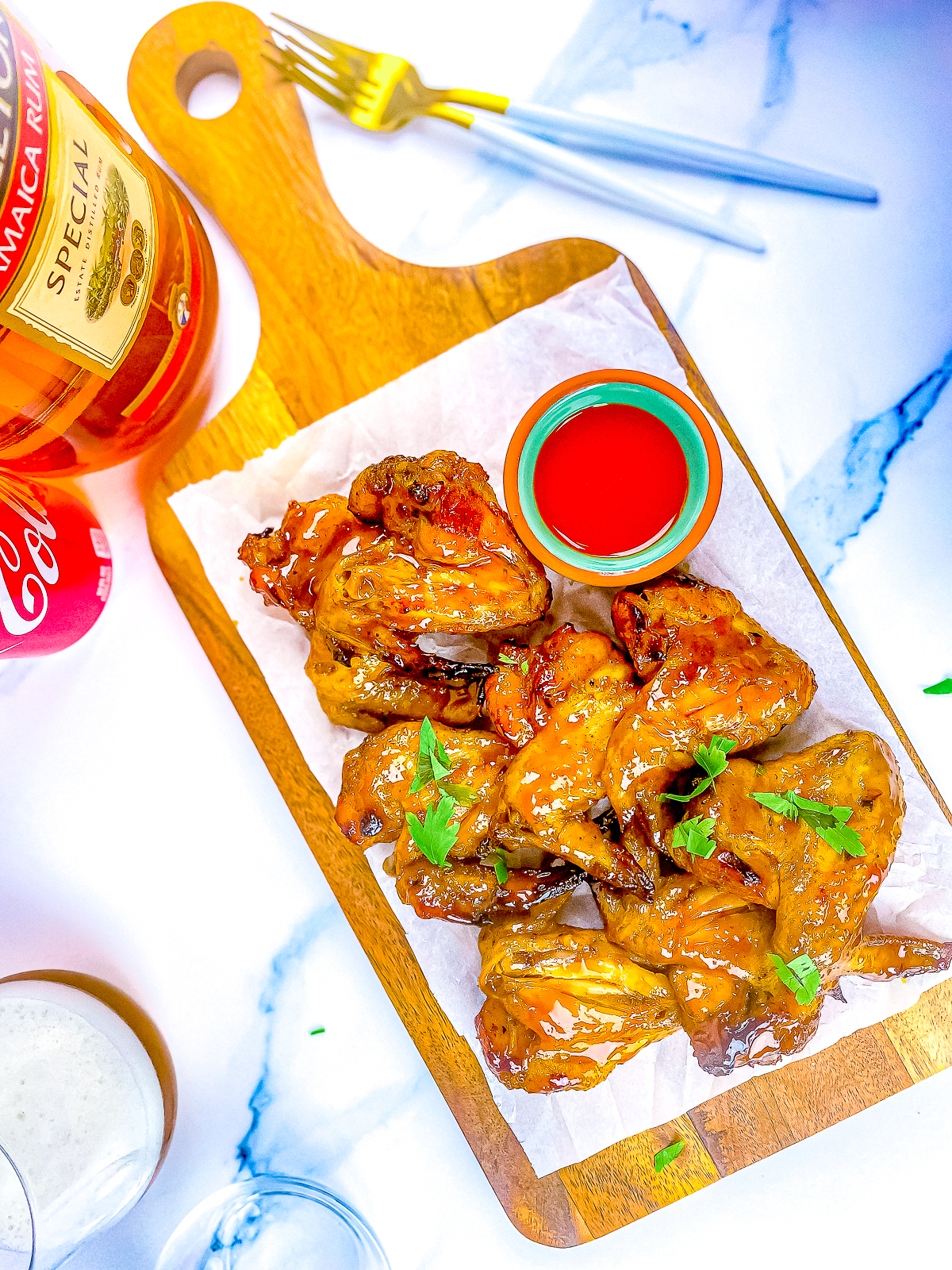
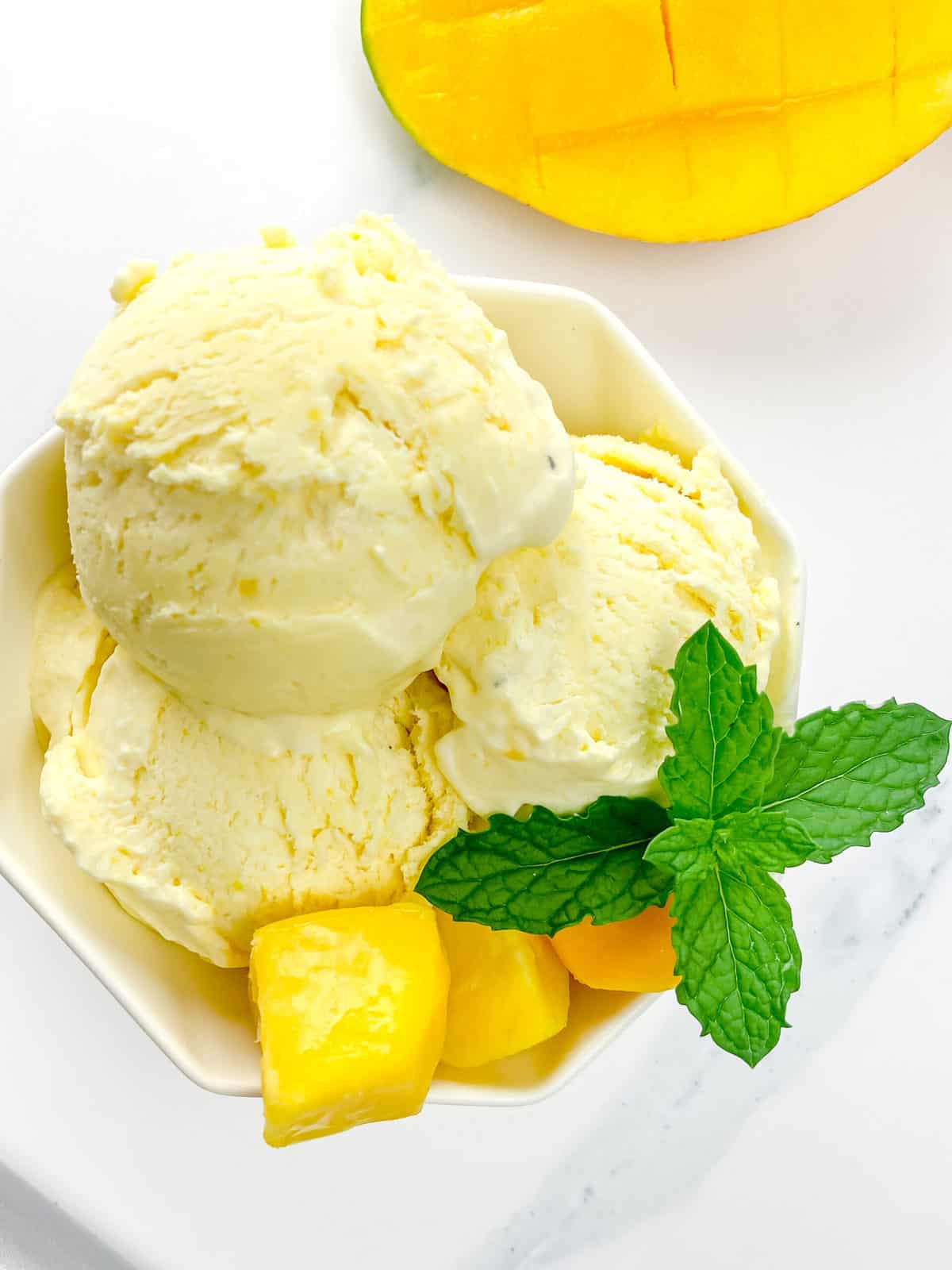
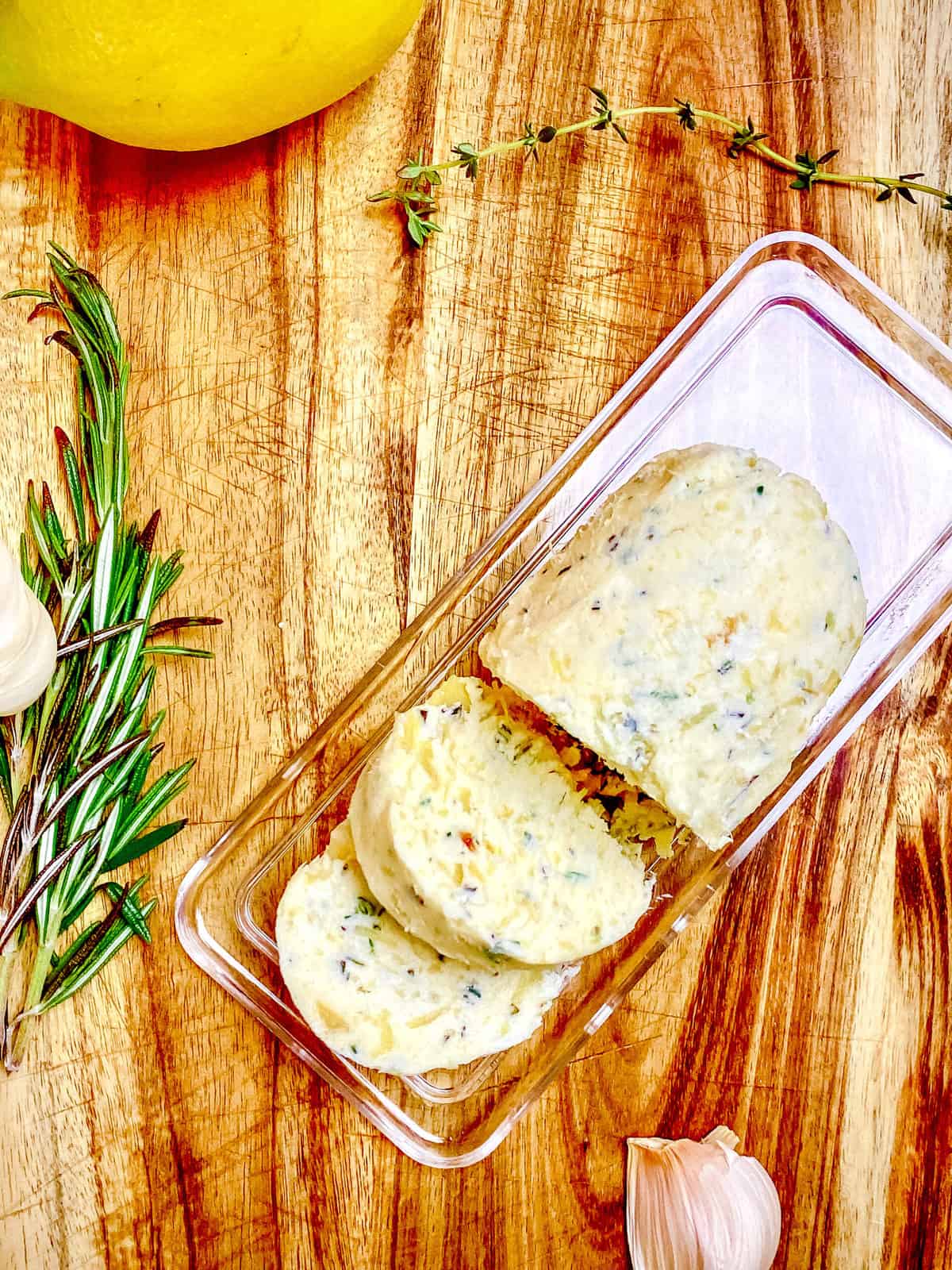
I love the heat of scotch bonnet in my recipes and this paste is now in heavy rotation. Spot on flavor and very easy to keep on hand. Thank you!
Thanks for the amazing feedback, Jazz! I’m thrilled that you’ve incorporated the Jamaican-style Scotch bonnet pepper paste into your cooking routine. It’s always great to hear when a recipe becomes a staple in someone’s kitchen. Keep exploring new ways to use the paste, and feel free to share your experiences with us because we love to hear them!! xx
I’ve had trouble finding scotch bonnet peppers at the market and recently came across some. I bought a bunch to make this paste so I could always have some on hand in the freezer. I’ve been adding a little bit to my chicken marinade and plan to try it with some grilled shrimp this weekend. Great recipe!
Hi Jessica, it’s great to hear that you were able to find Scotch bonnet peppers and decided to make this paste! I usually buy the scotch bonnet peppers in batches and freeze them to ensure they stay fresh longer. Your chicken marinade sounds sooooo delicious, and I’m sure the paste will be amazing on the grilled shrimp as well. Thank you for sharing your experience, and happy cooking!xx
When I say I am obsessed with this sauce that is no exaggeration! I use it on shrimp, fish, chicken and in my cabbage. It reminds me of a sauce I had in the BVI – so scrumptious!
Hey Robin, I’m so thrilled you’re loving the scotch bonnet pepper paste! My family and I are also huge fans of the sb paste – it’s just so good. I love that it brought back memories of a sauce from your travels. Keep experimenting and enjoying the heat! Thanks for the feedback.xx
Best,
I made and used this scotch bonnet paste to cut down on the ingredients for my jerk marinade and it was such a timesaver! The peppers stung the eyes a bit, so I put on my paint goggles to block the gas, LOL!
So glad my scotch bonnet paste made your jerk marinade prep easier! Those peppers can be a bit feisty, but your paint goggles solution is genius! 😂 Next time, try opening a window or using an exhaust fan to help with the fumes. Happy cooking! xx